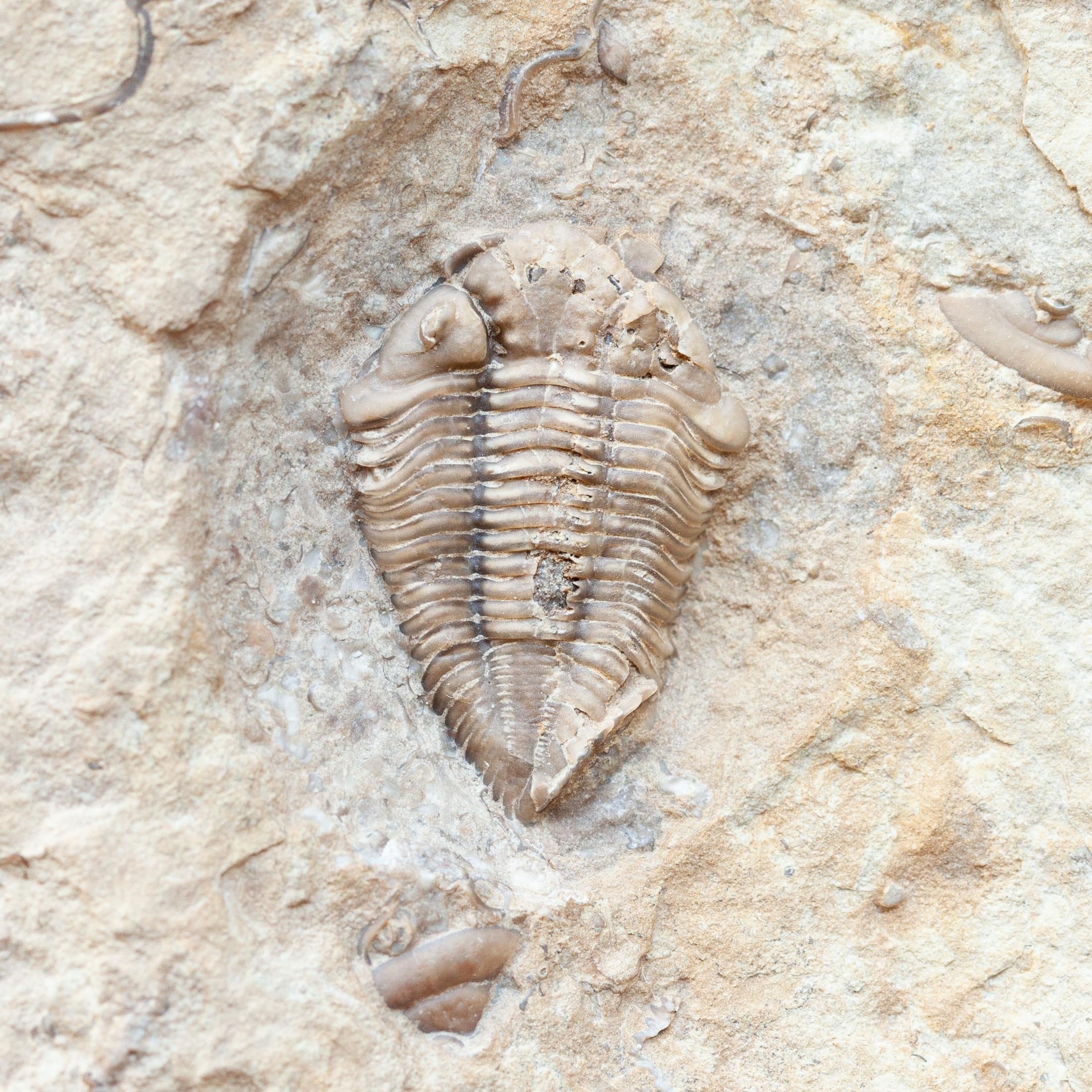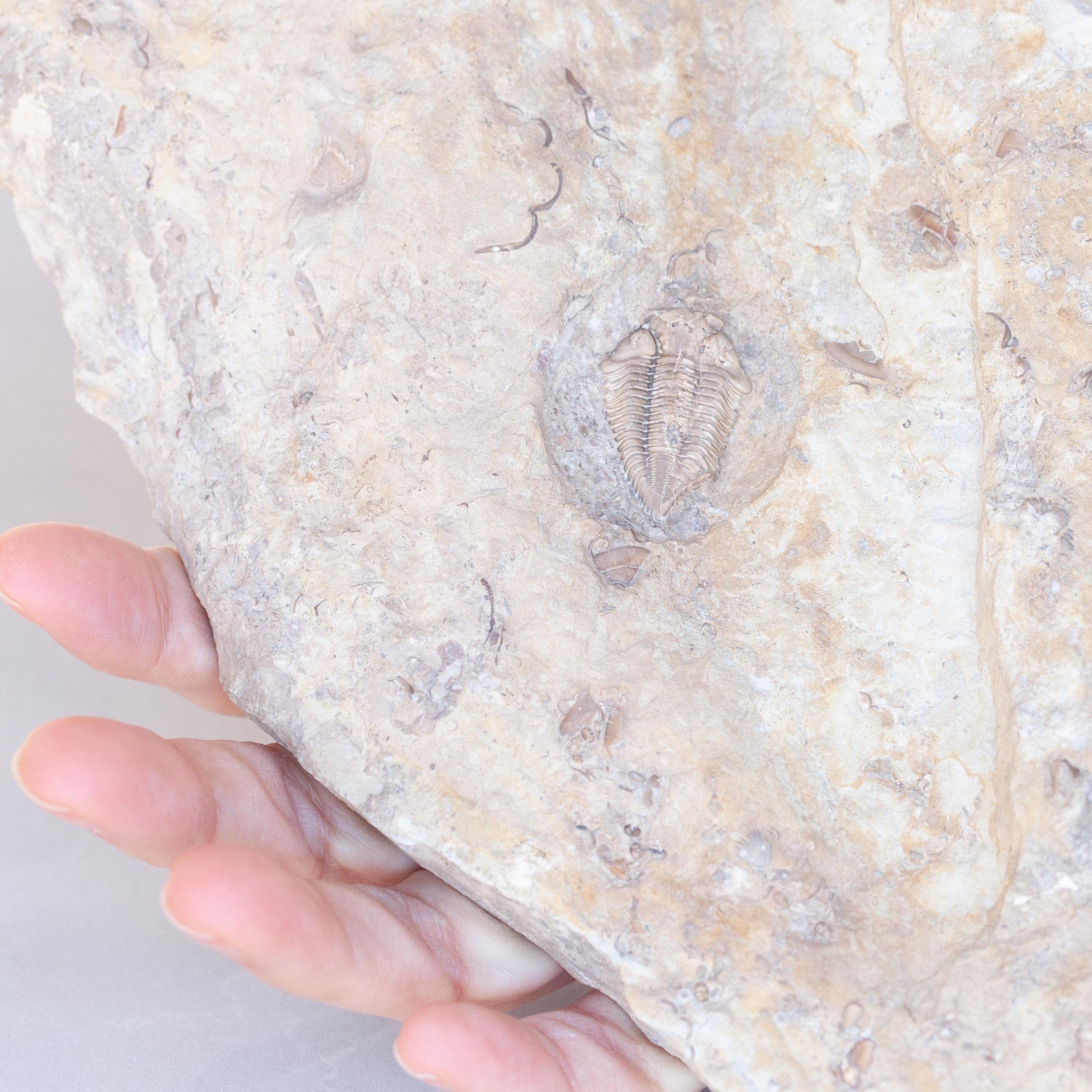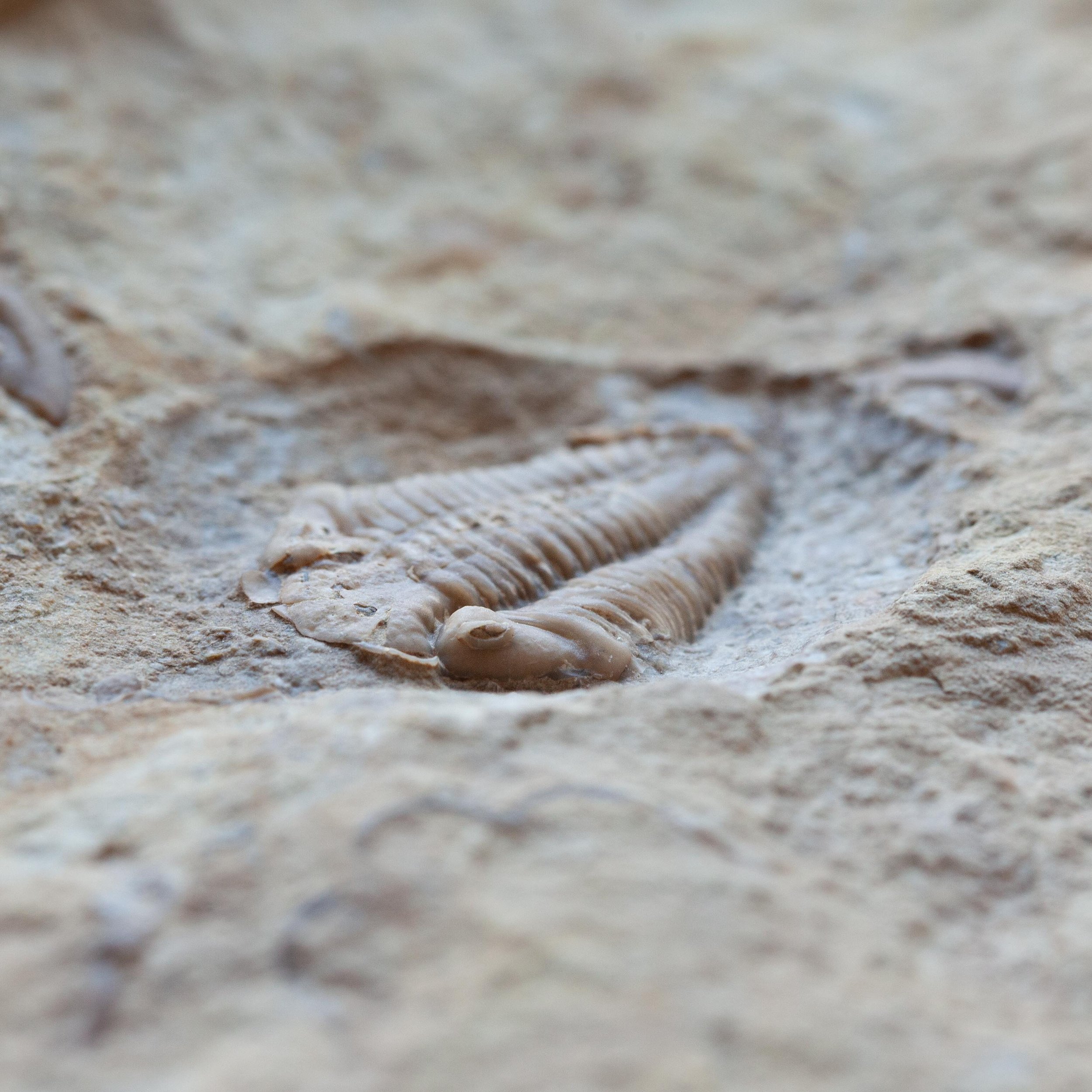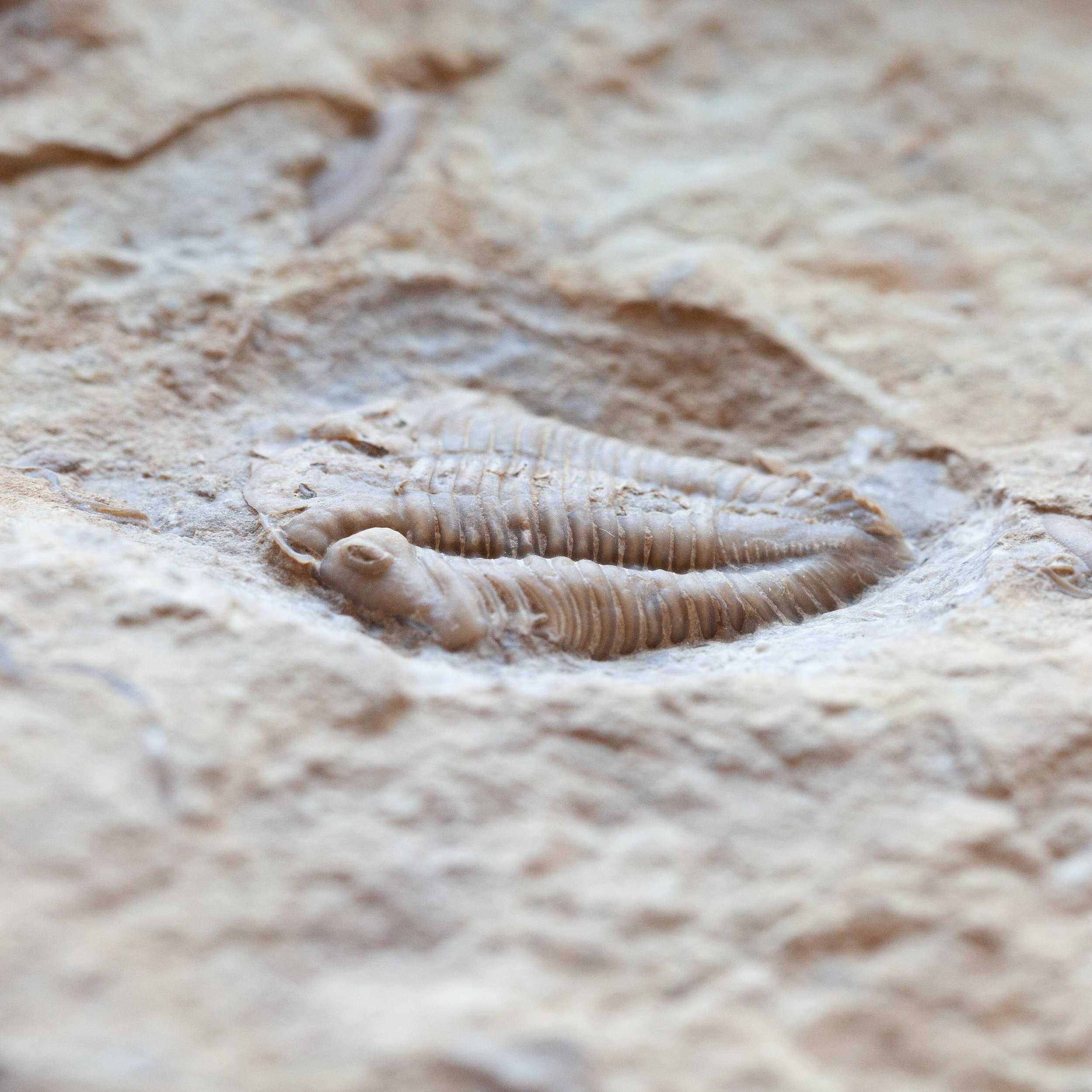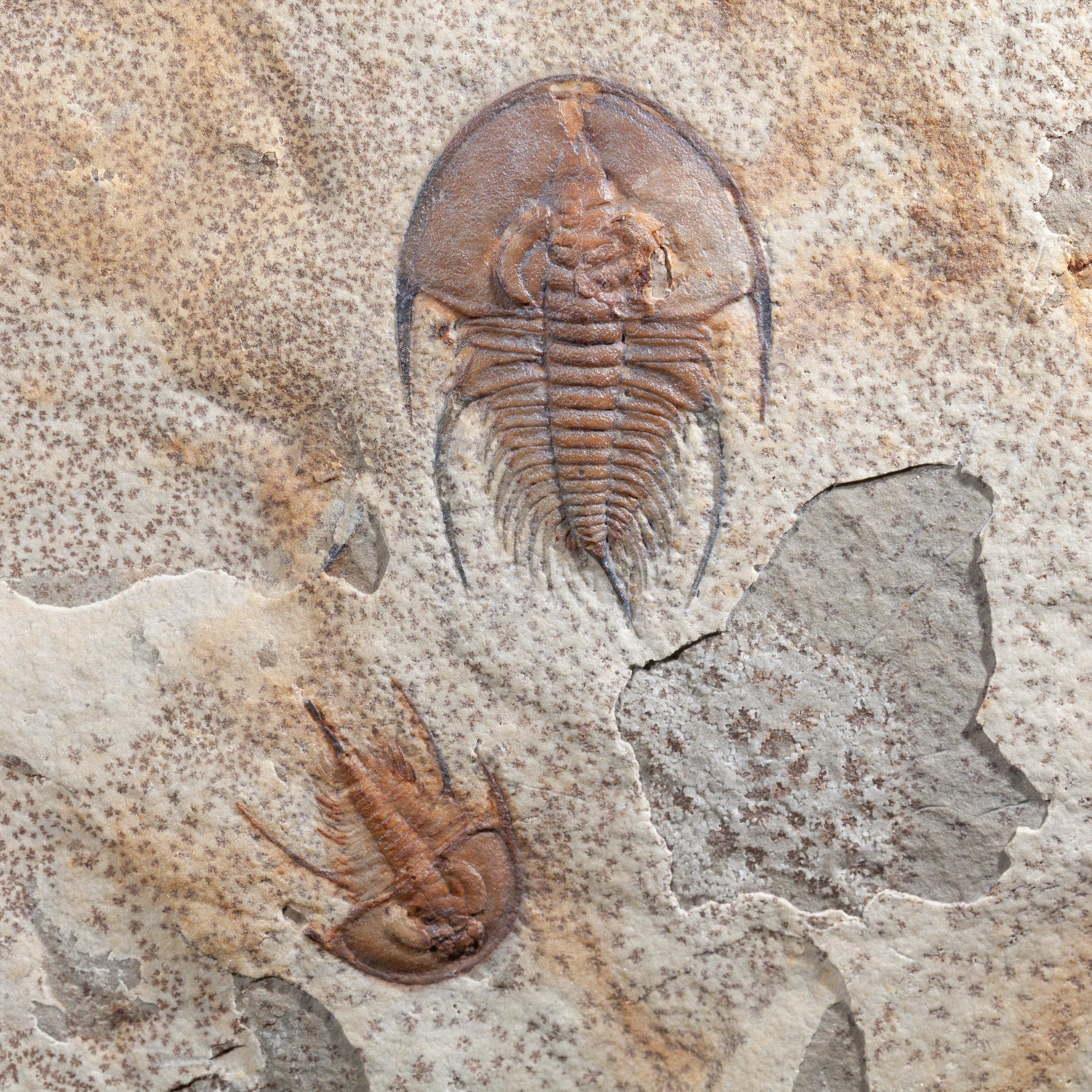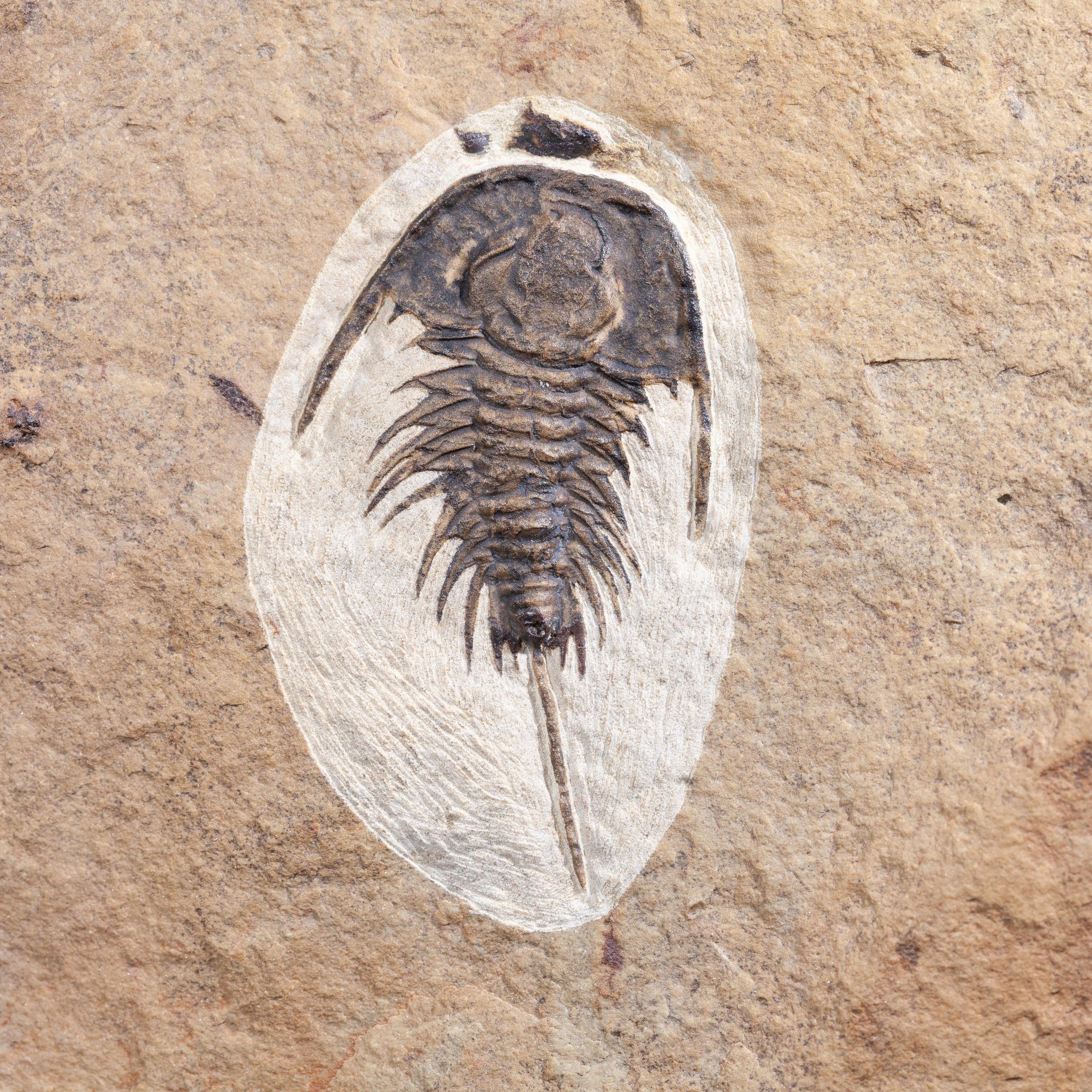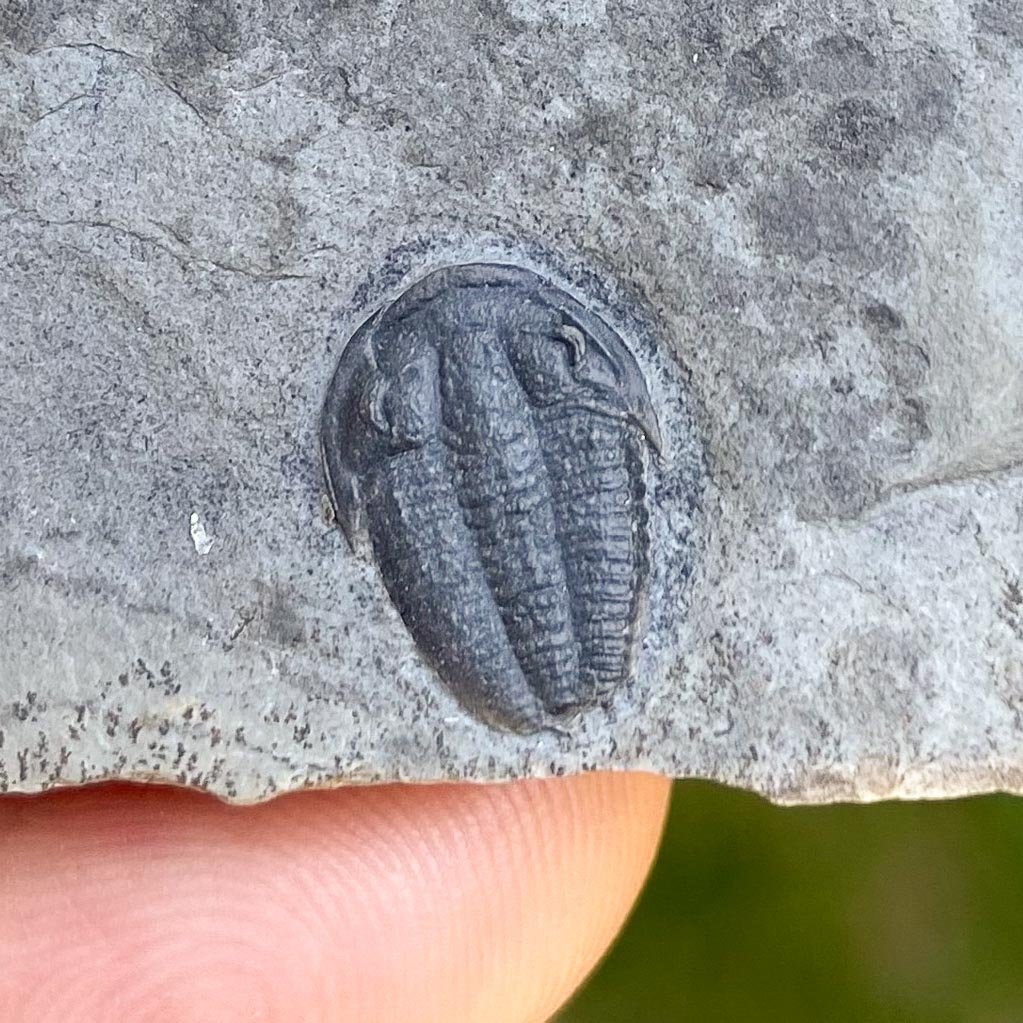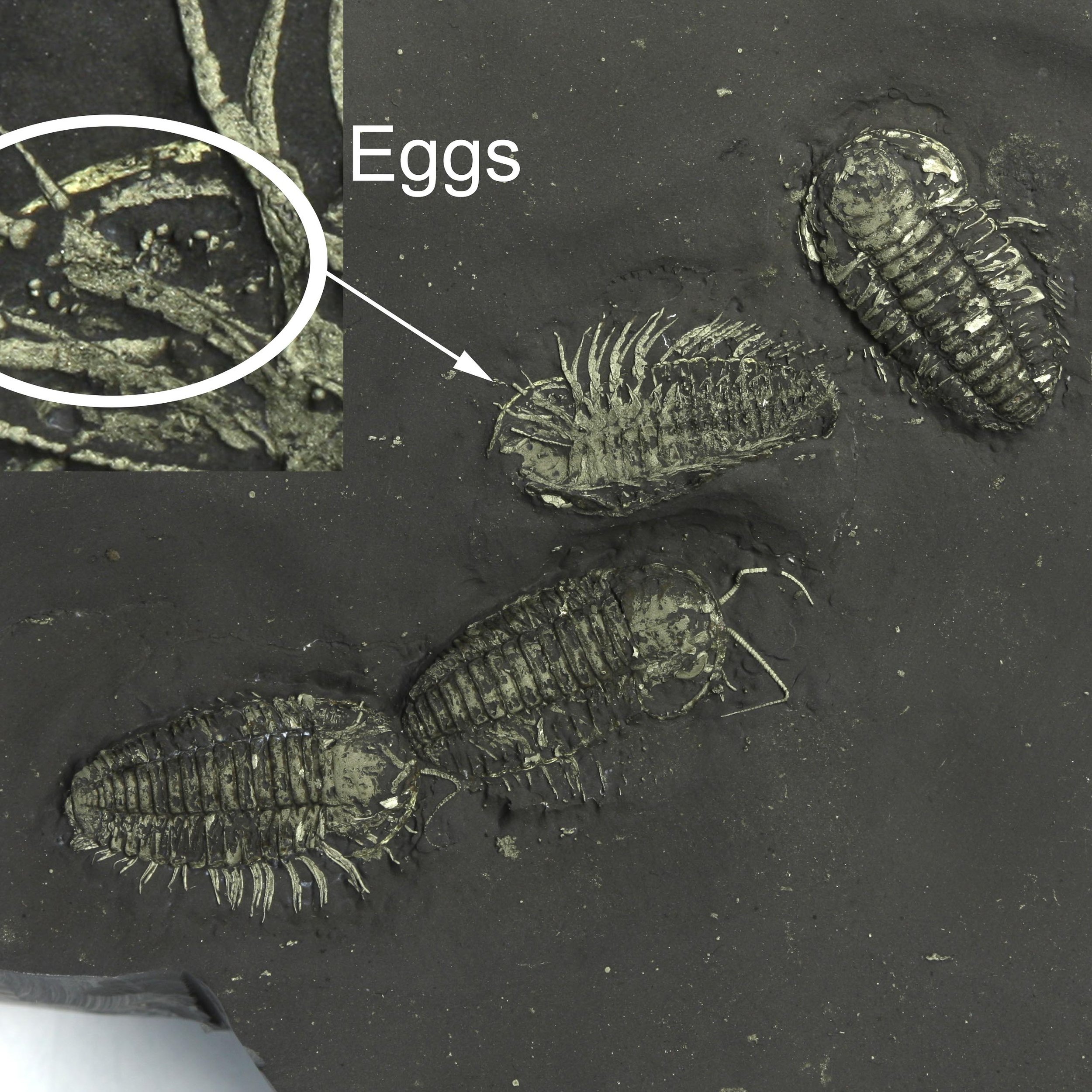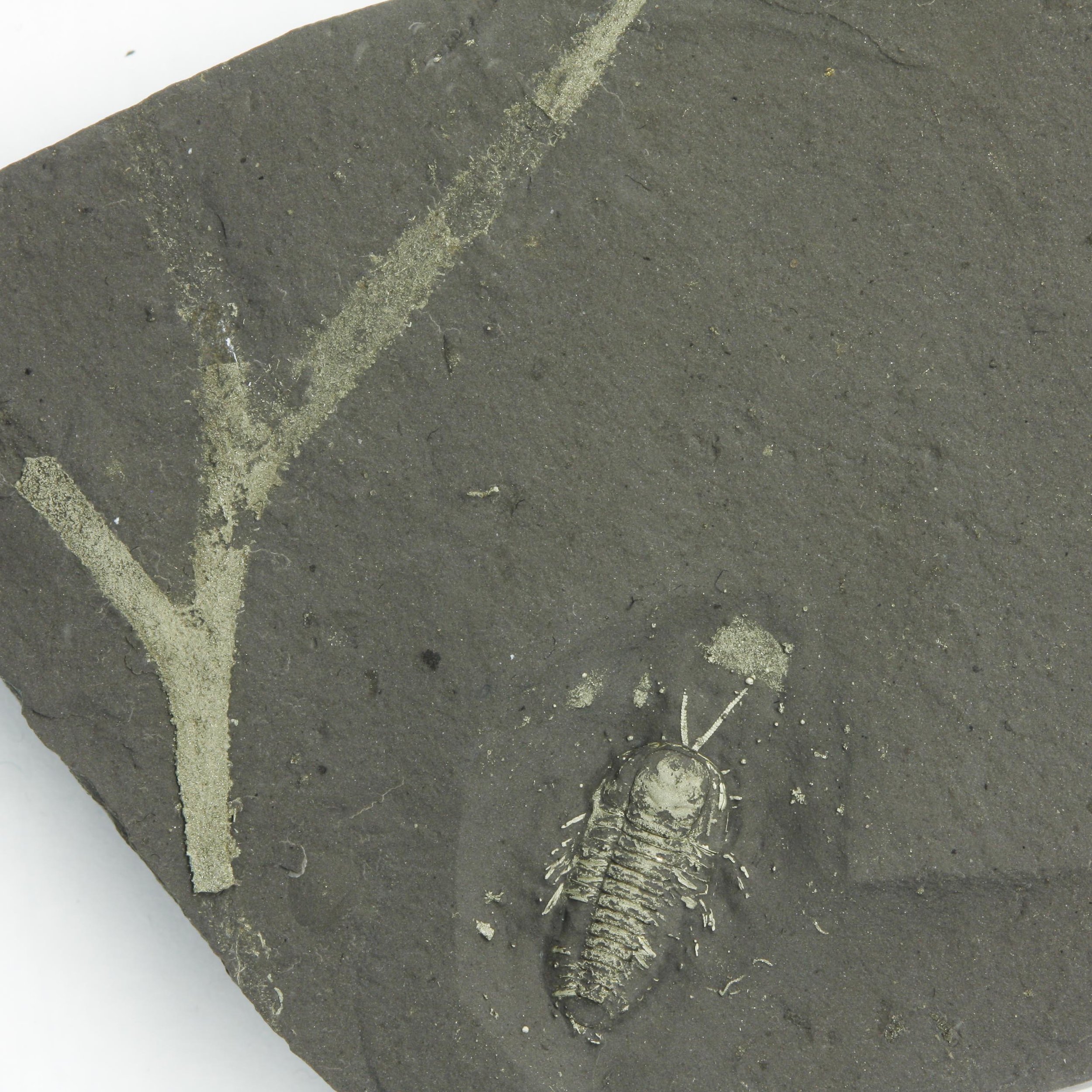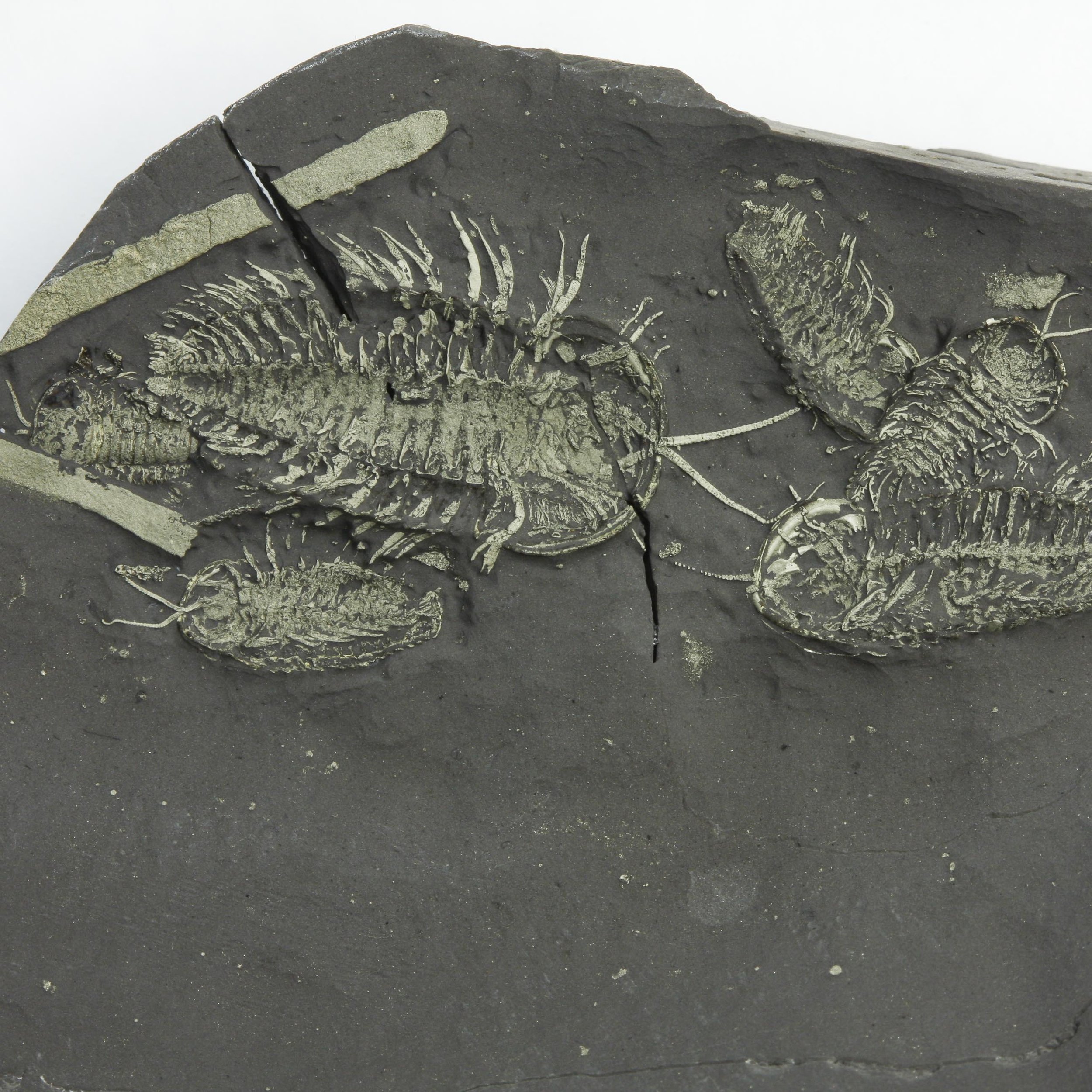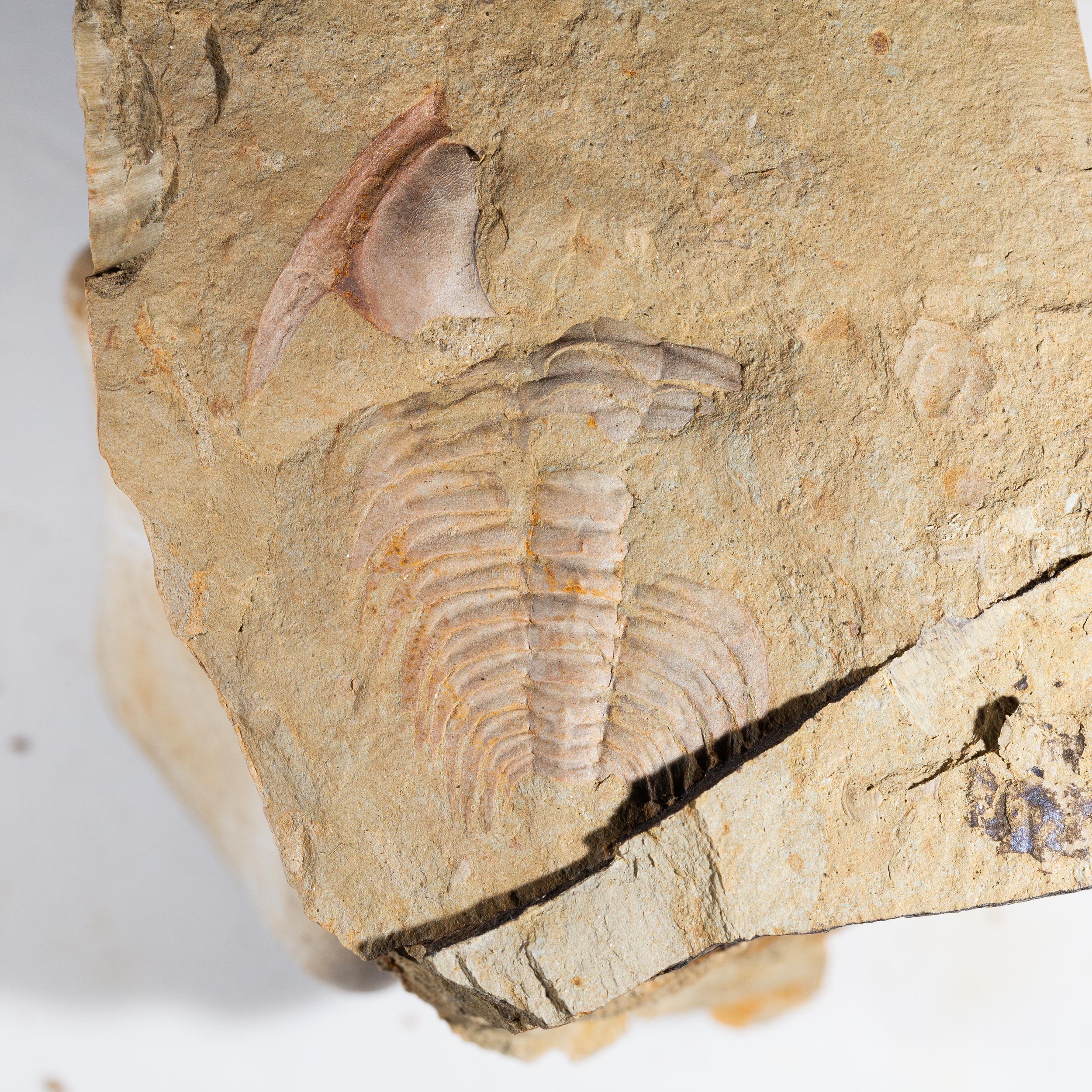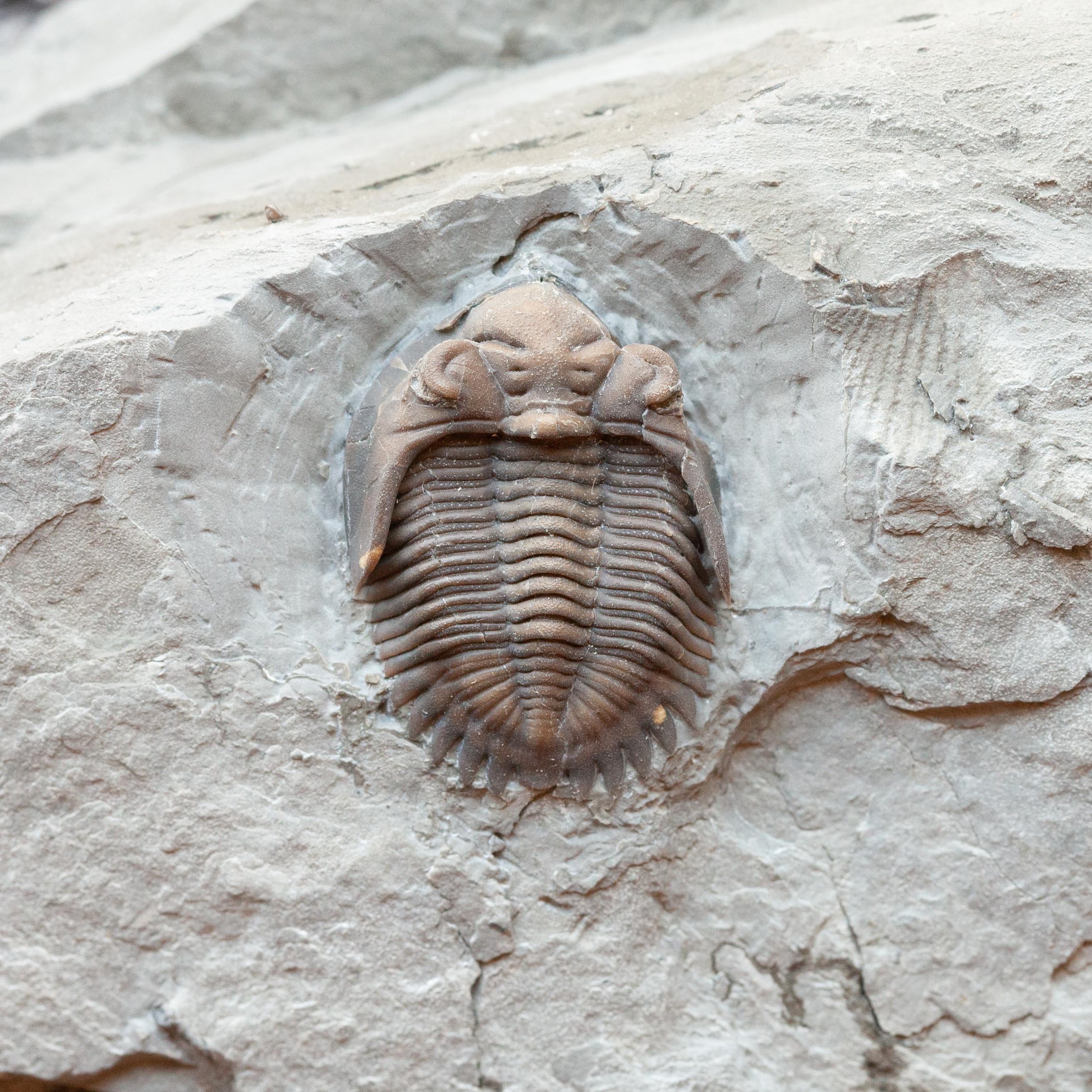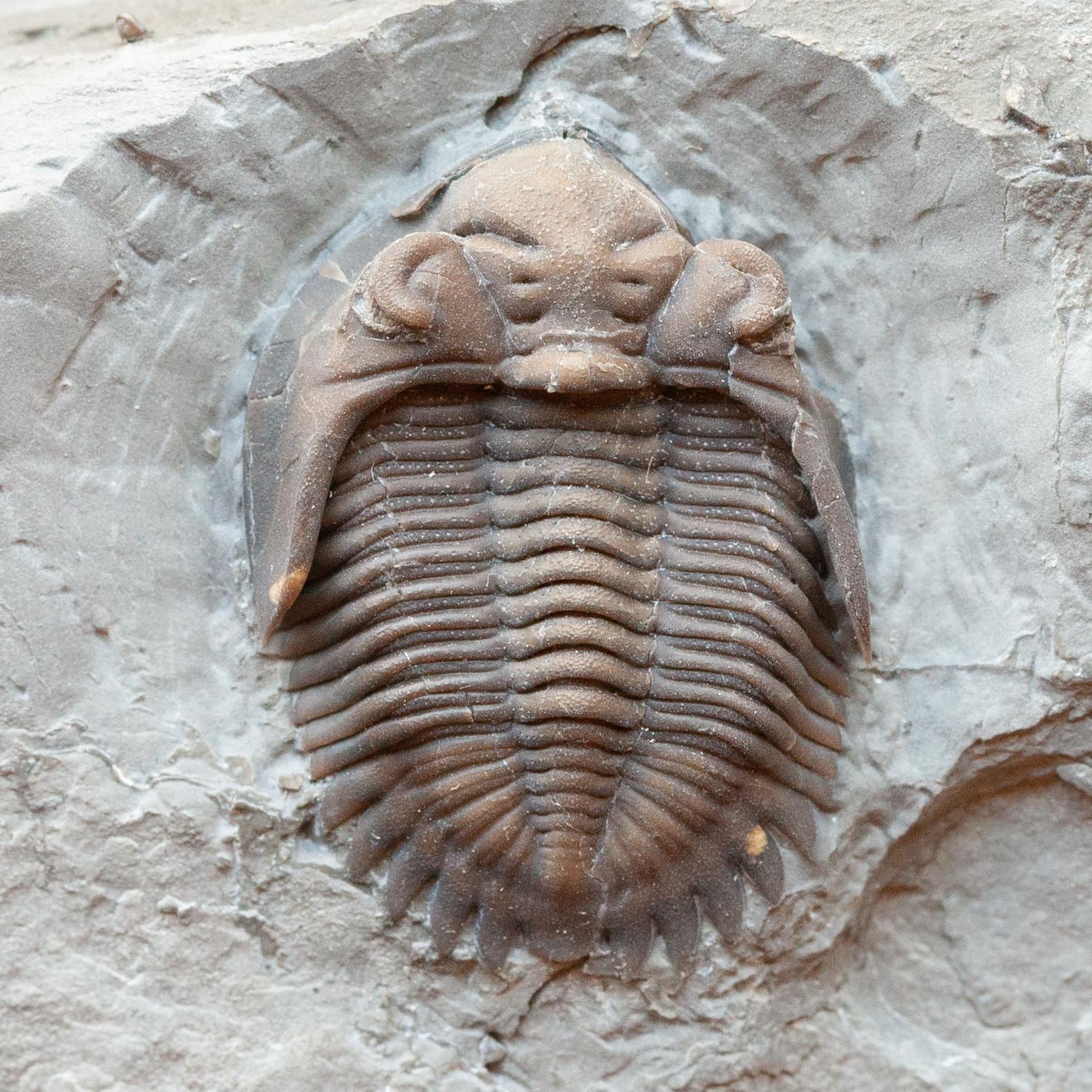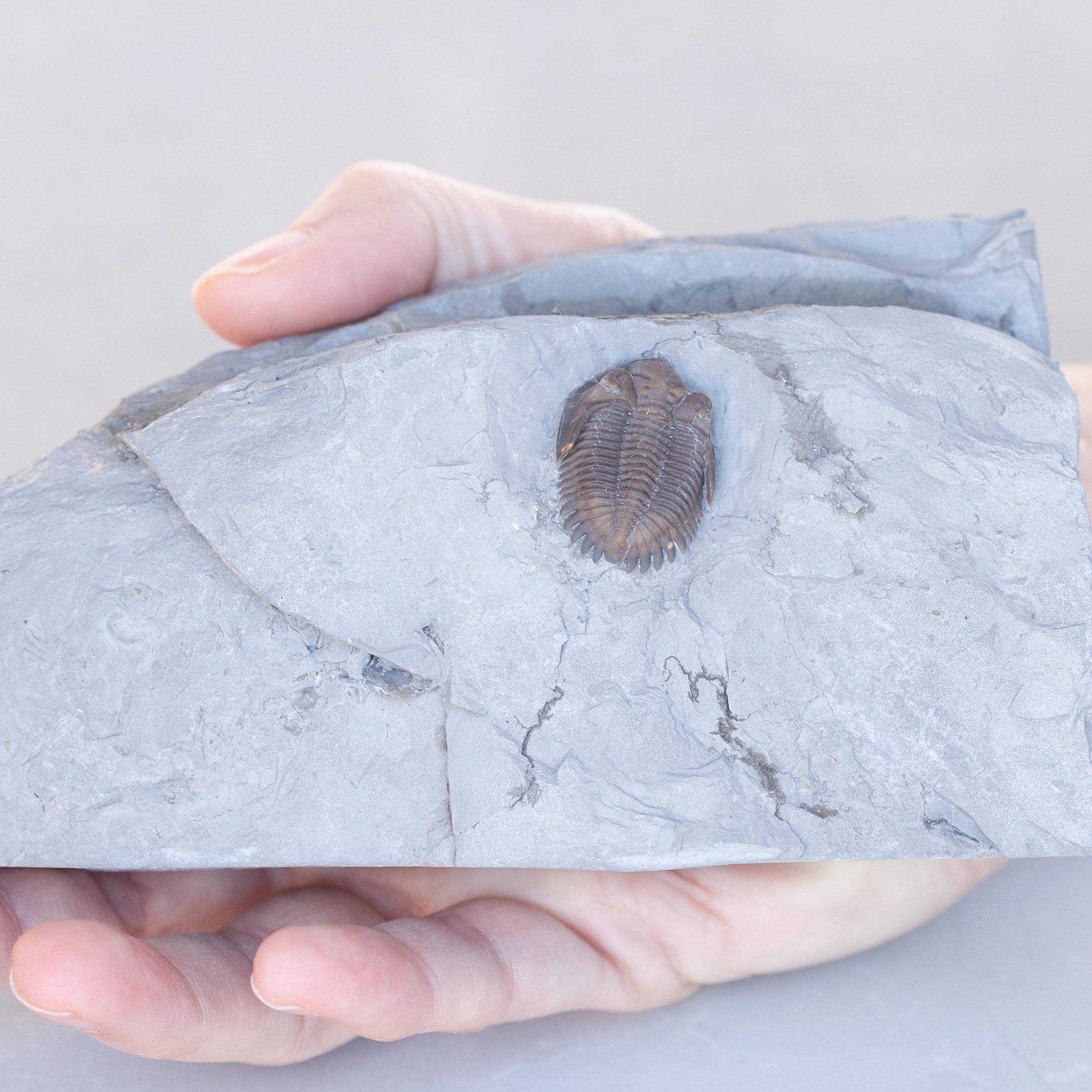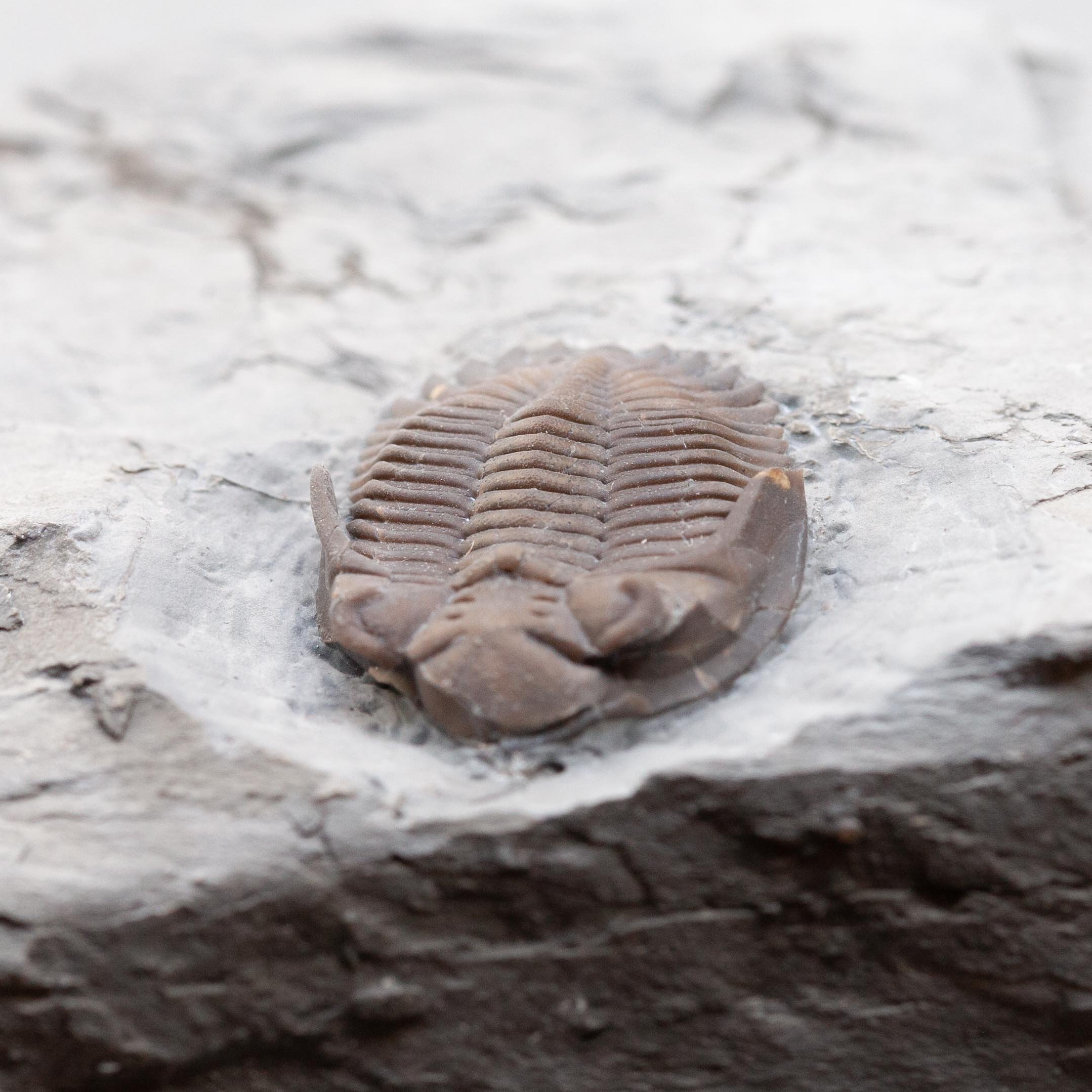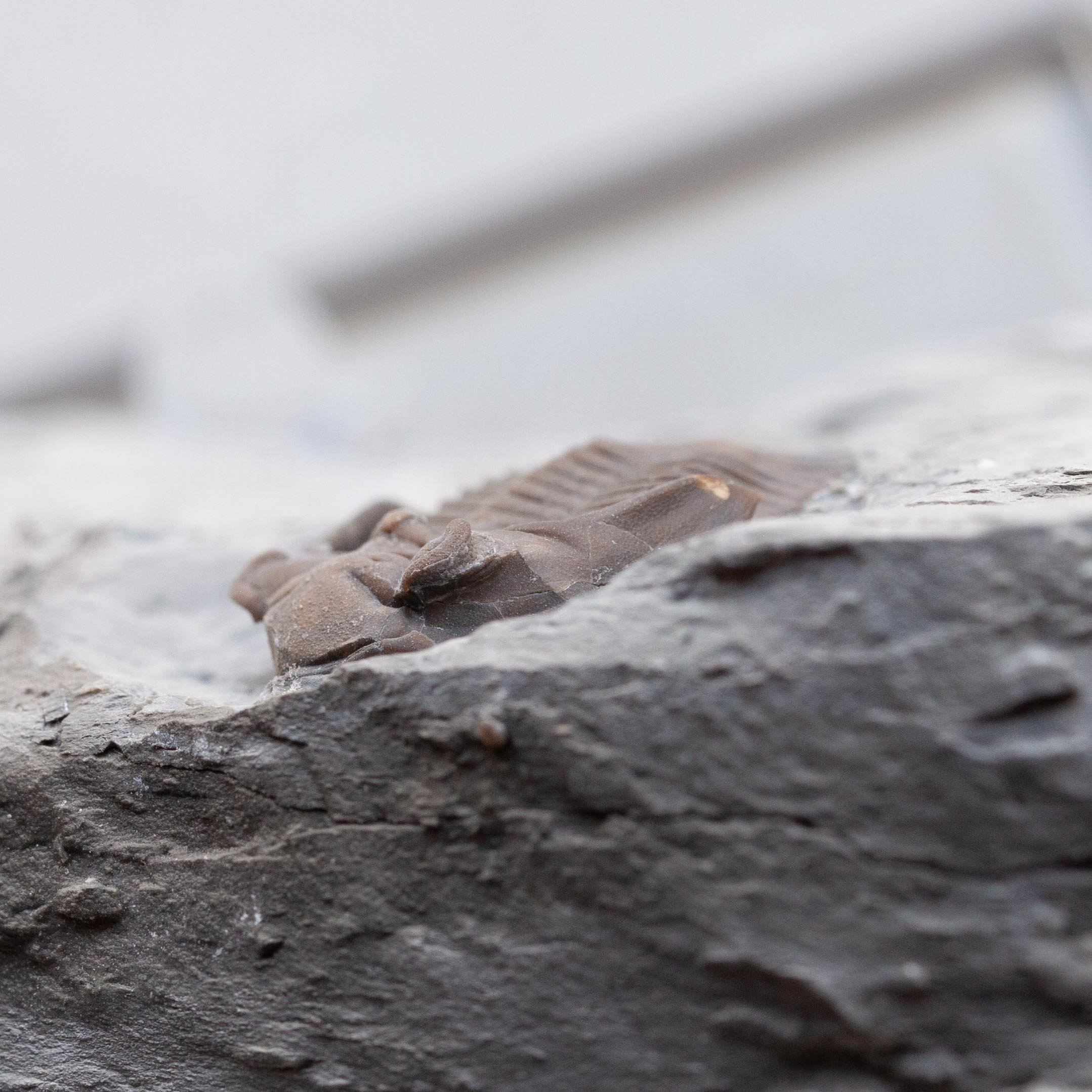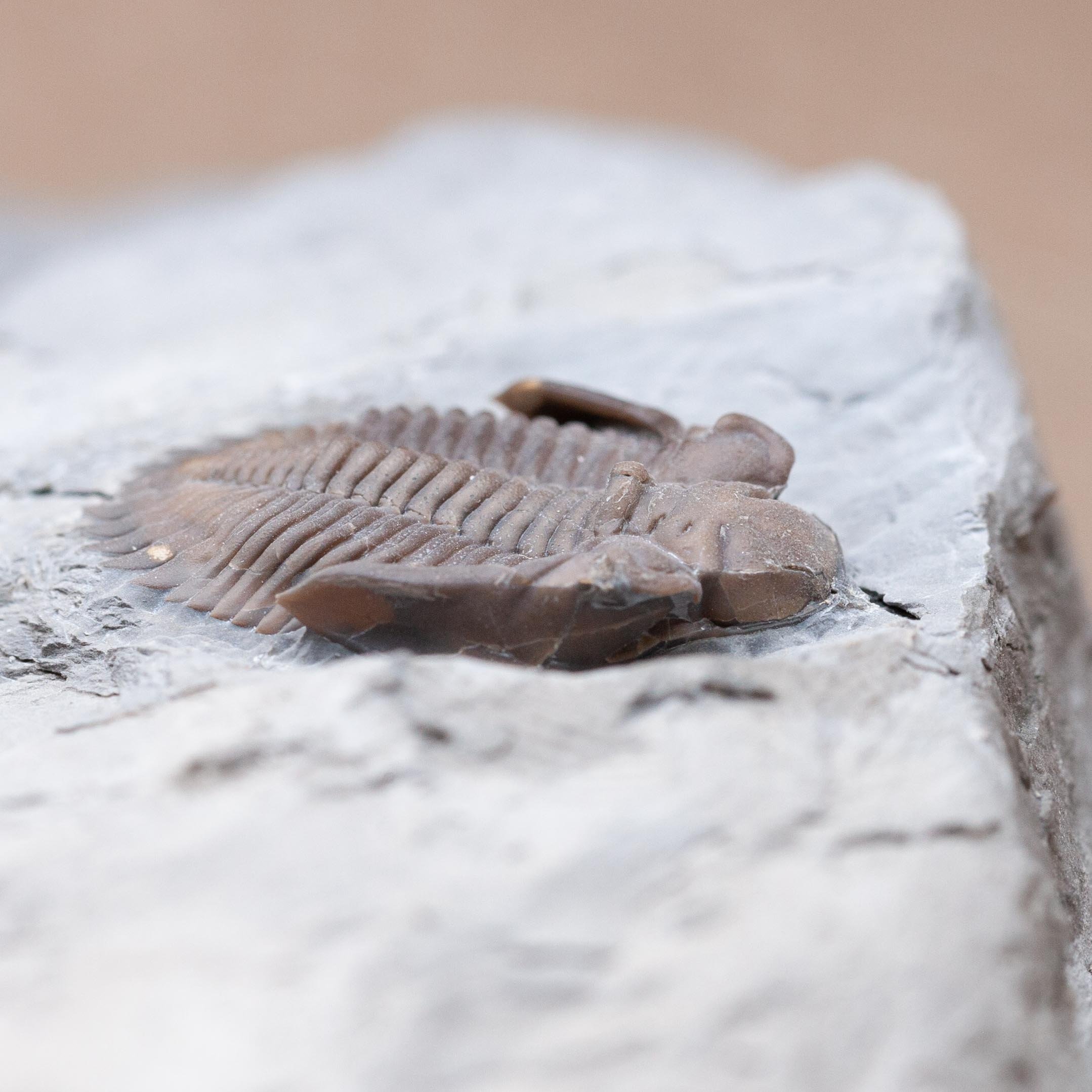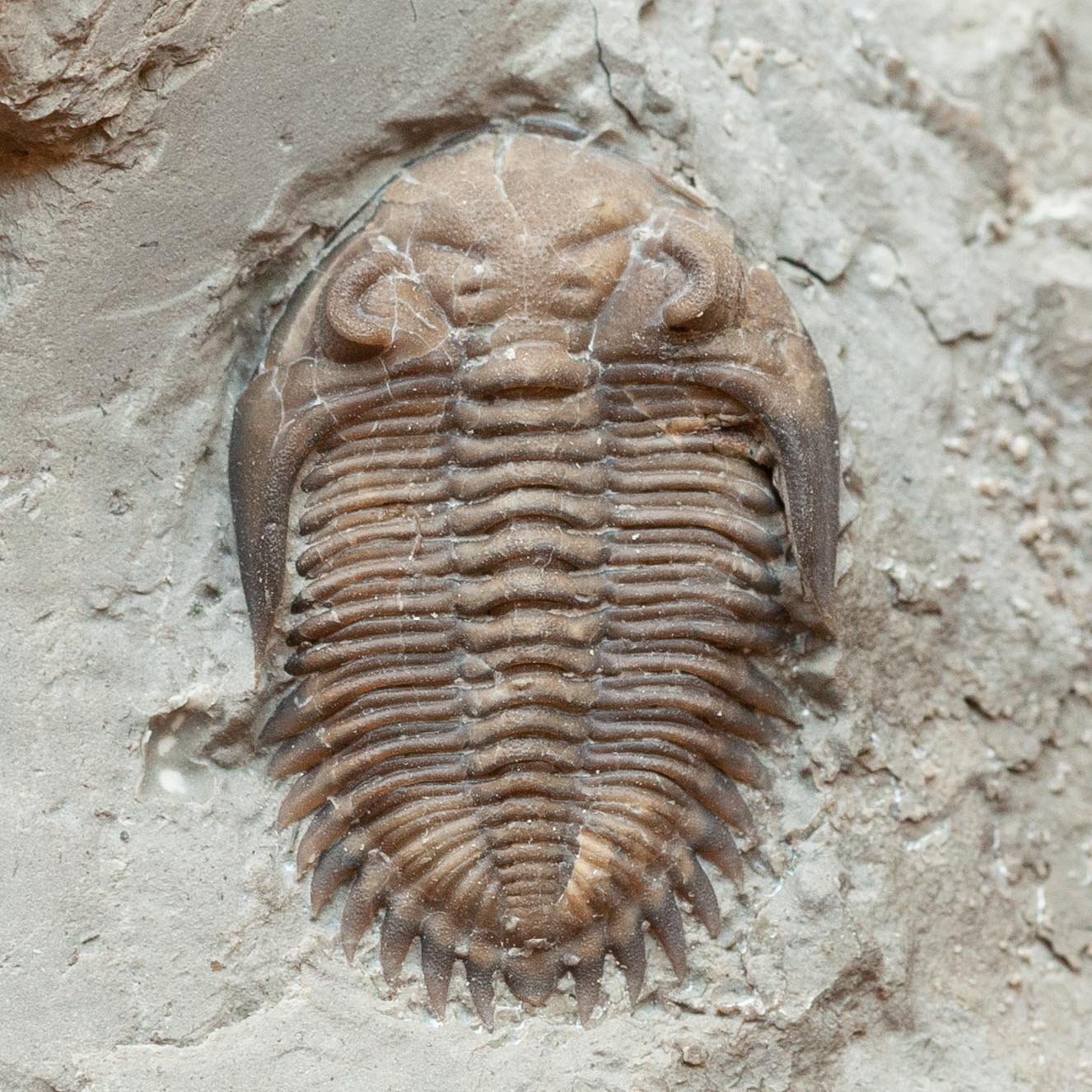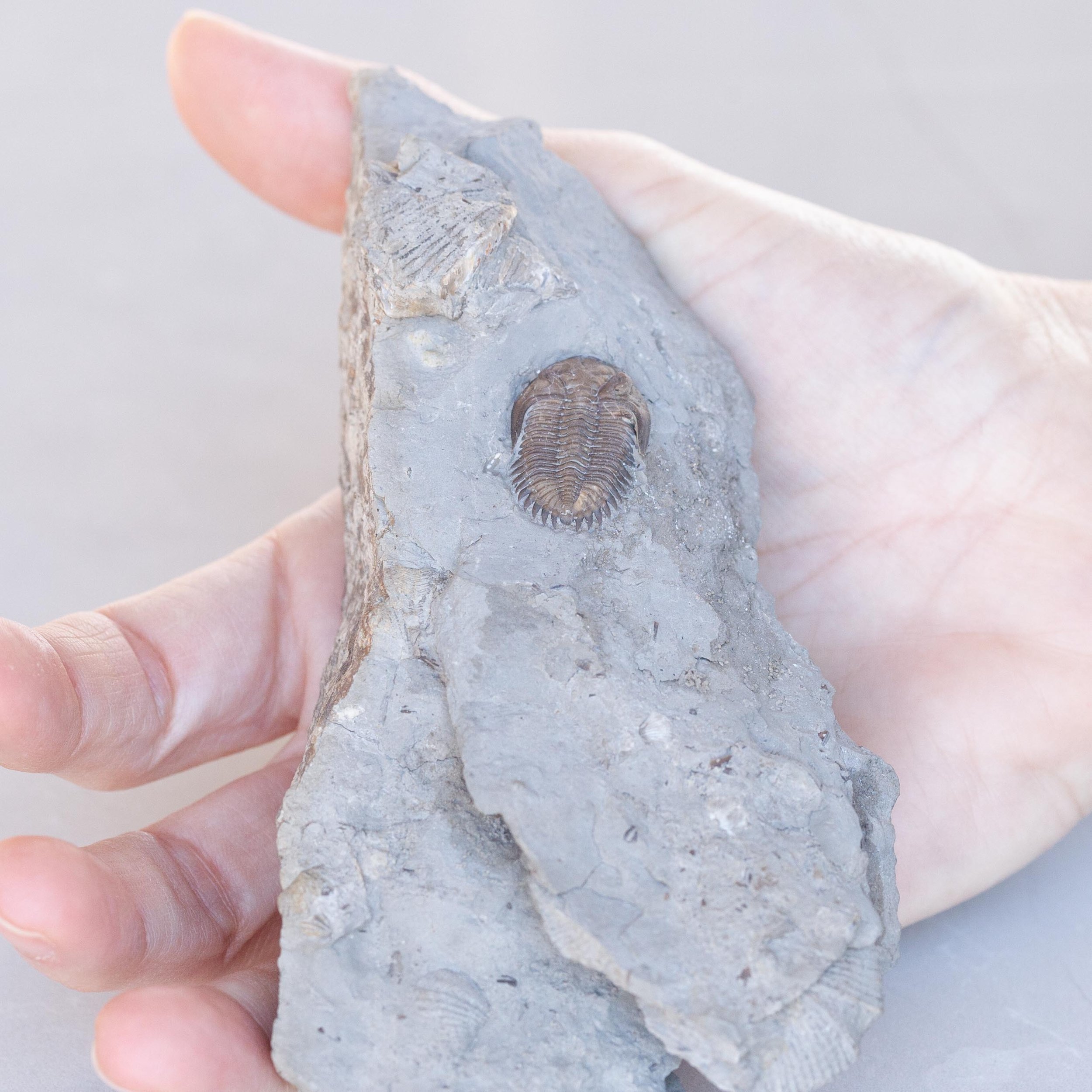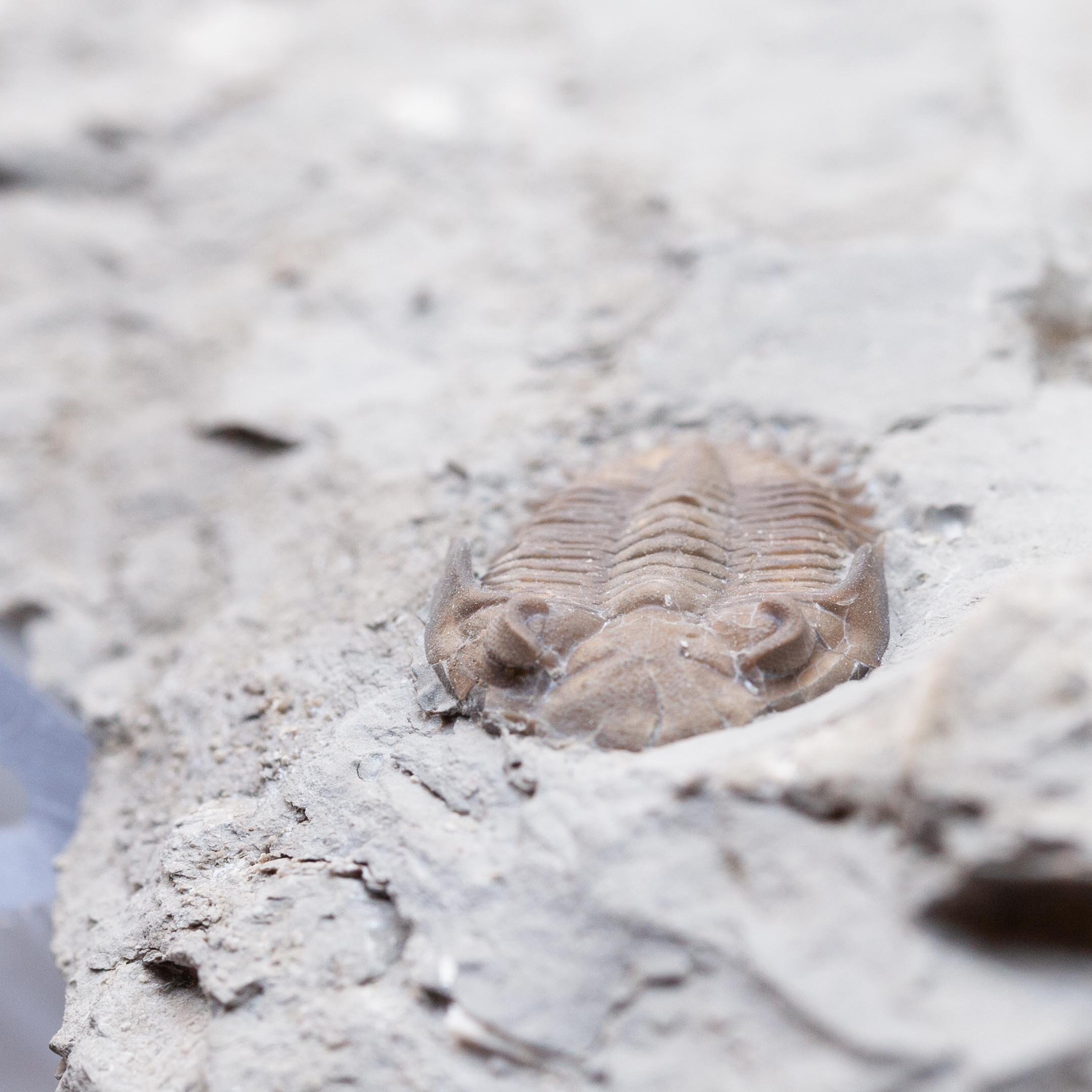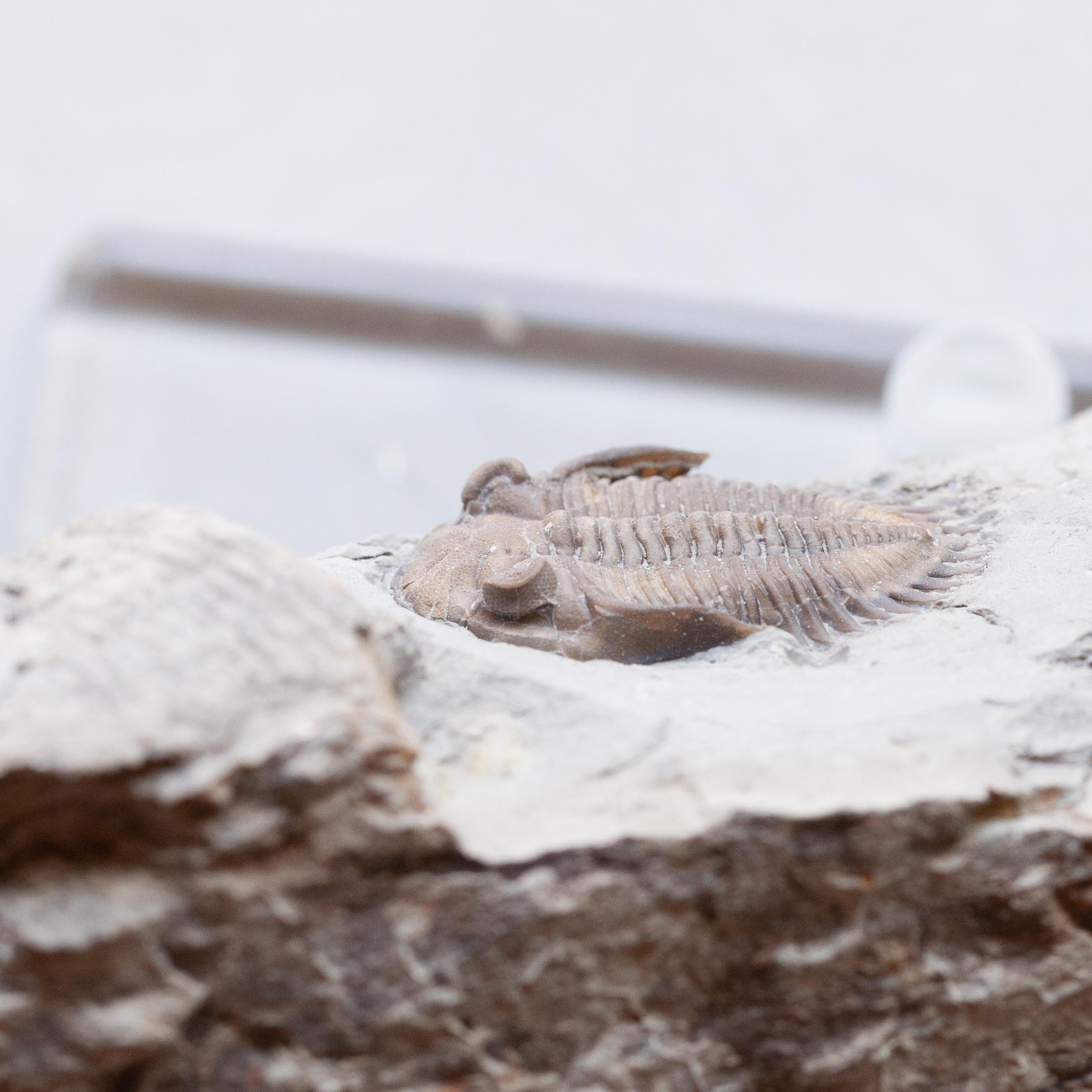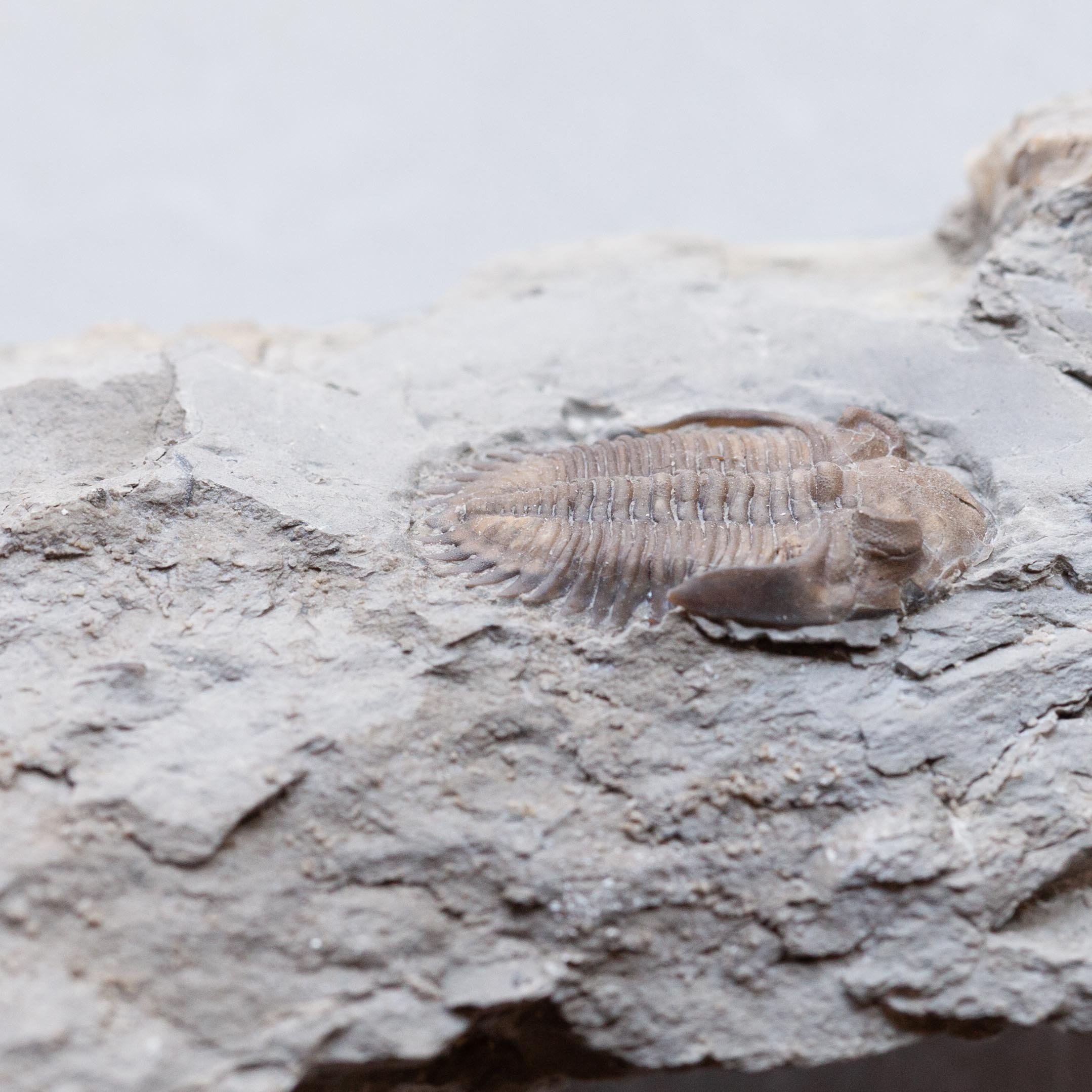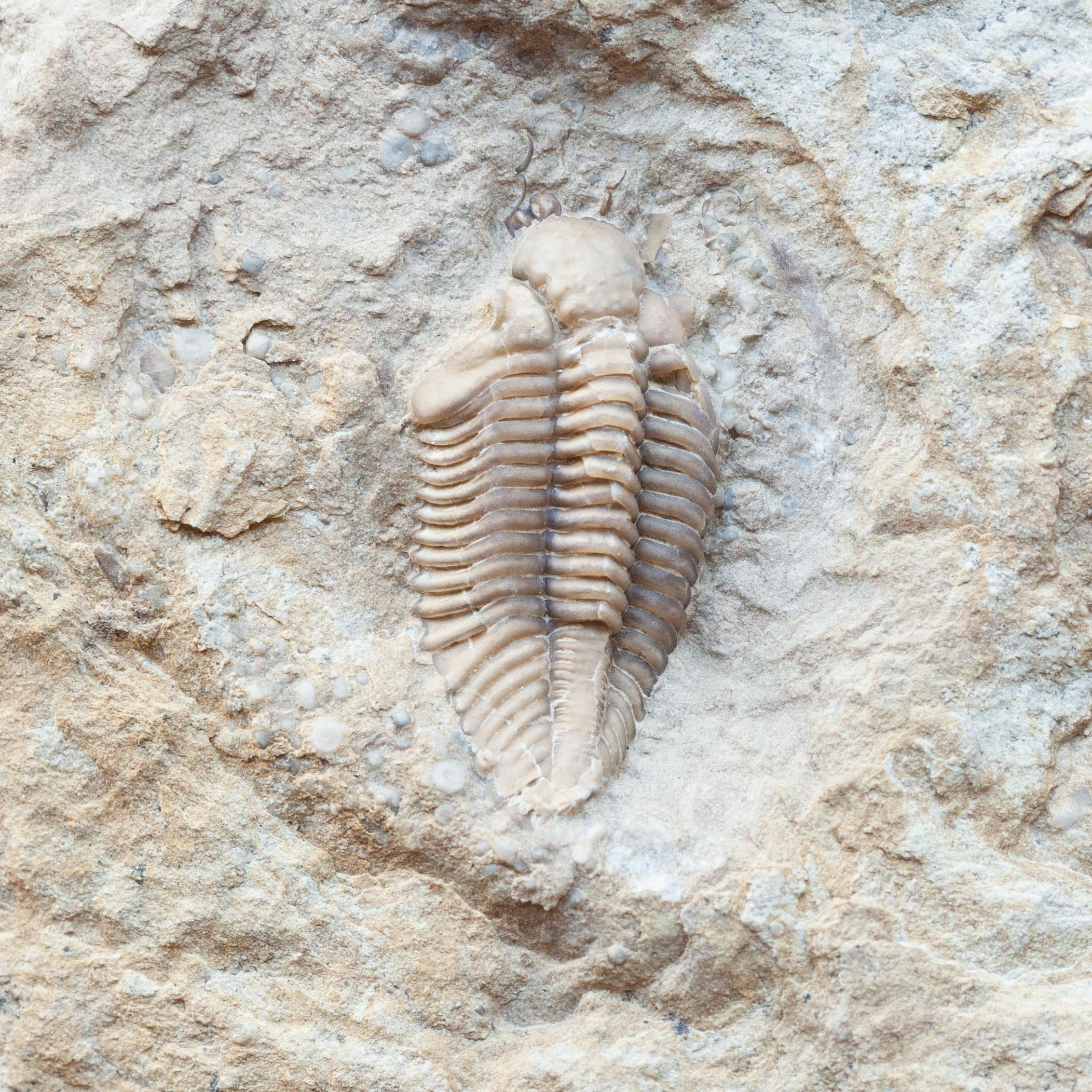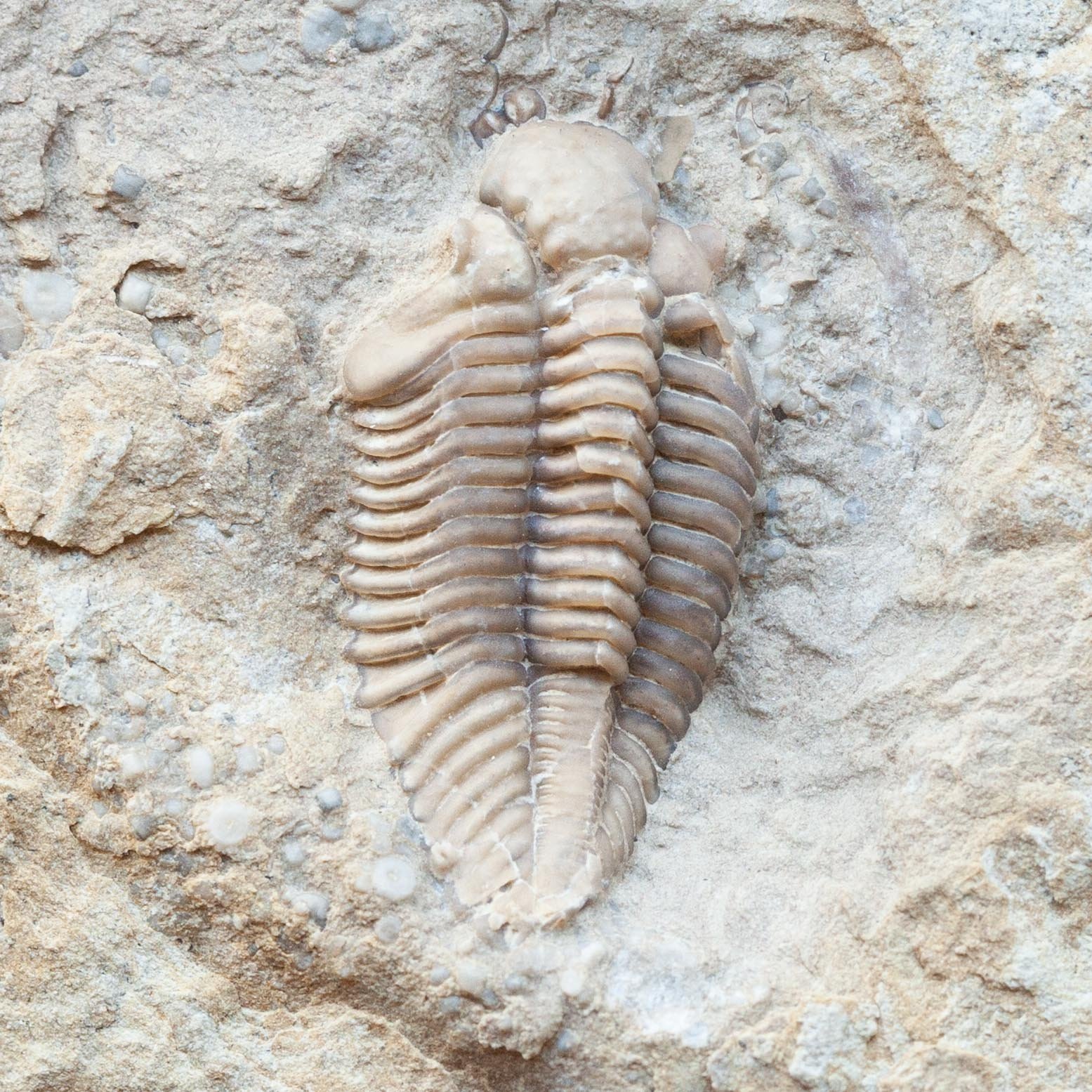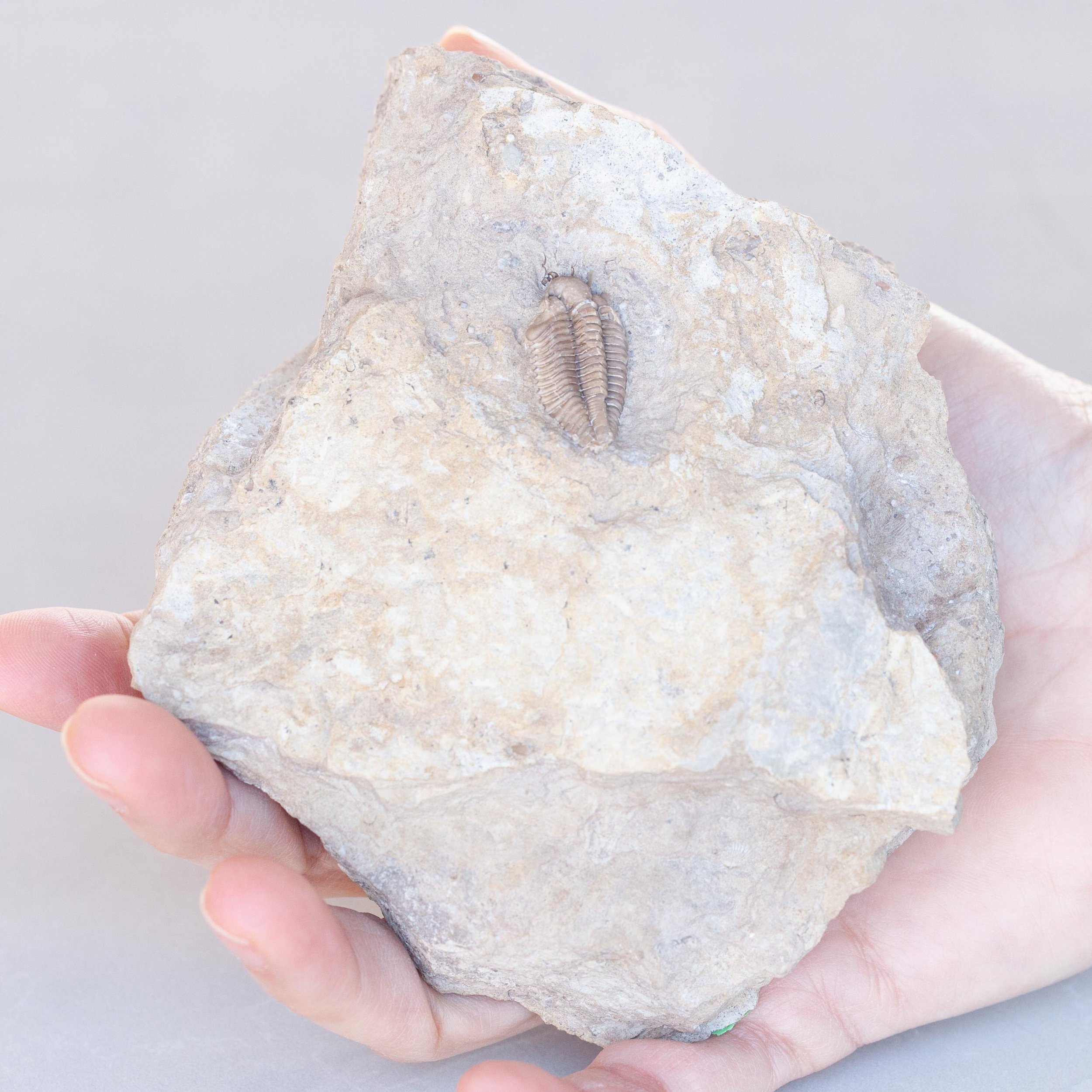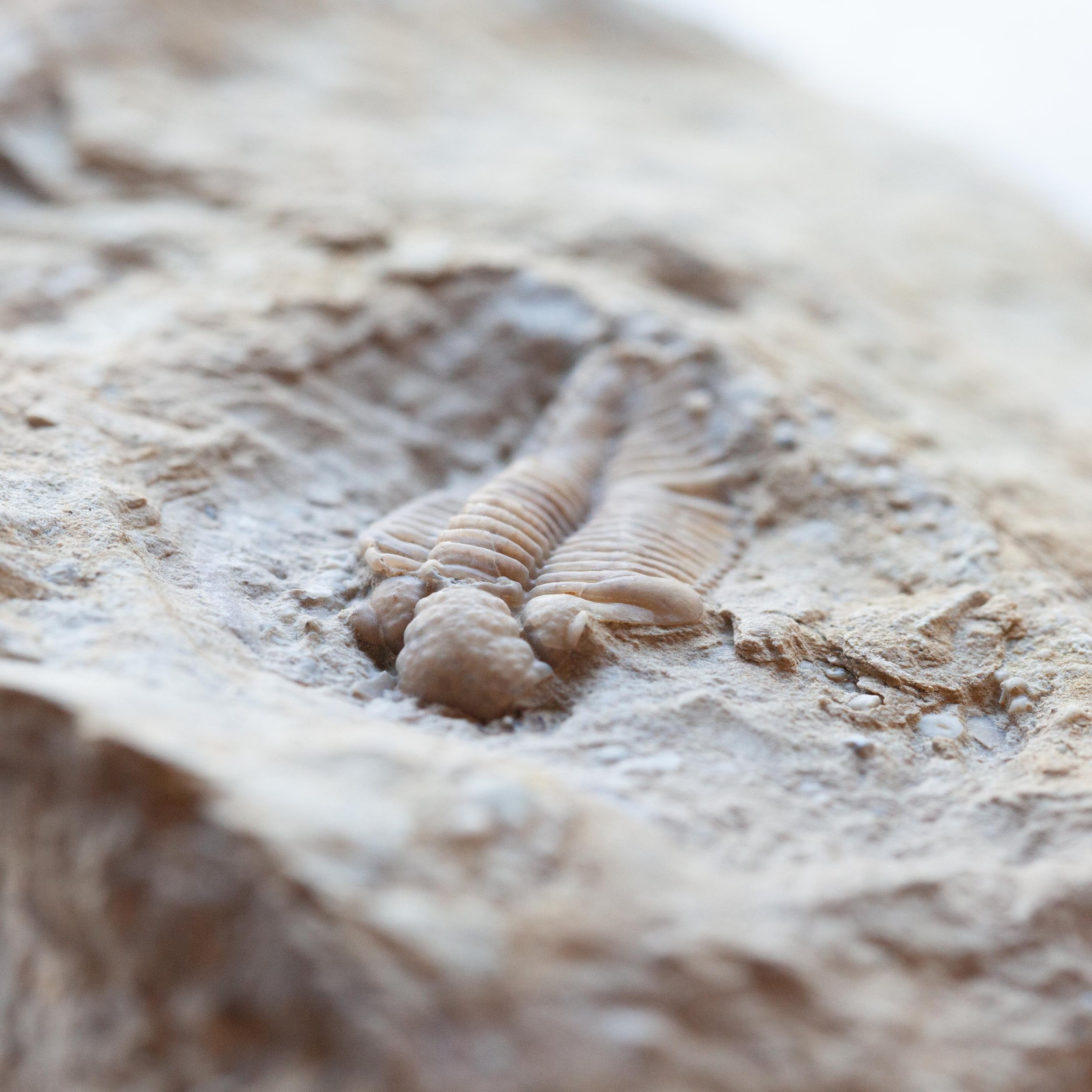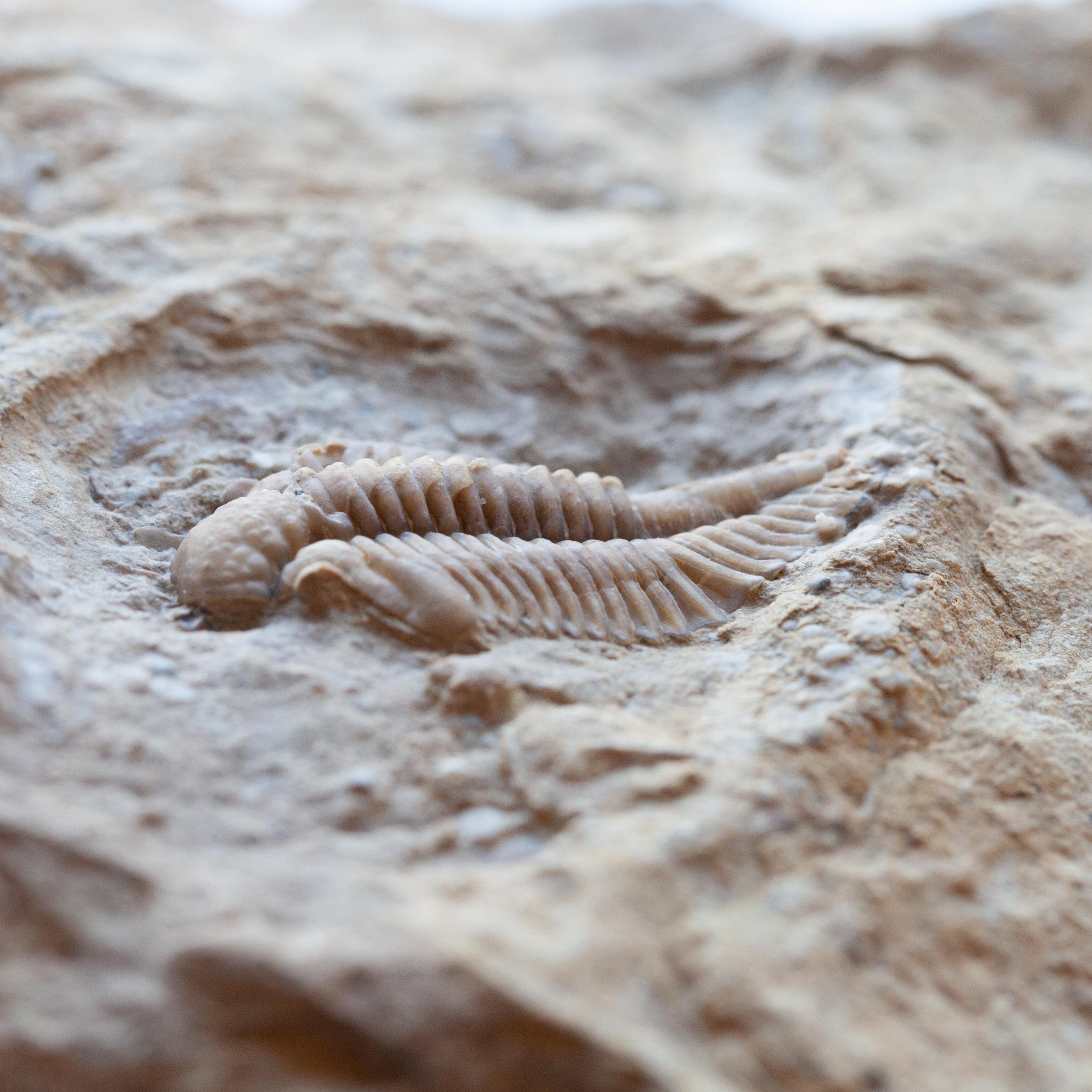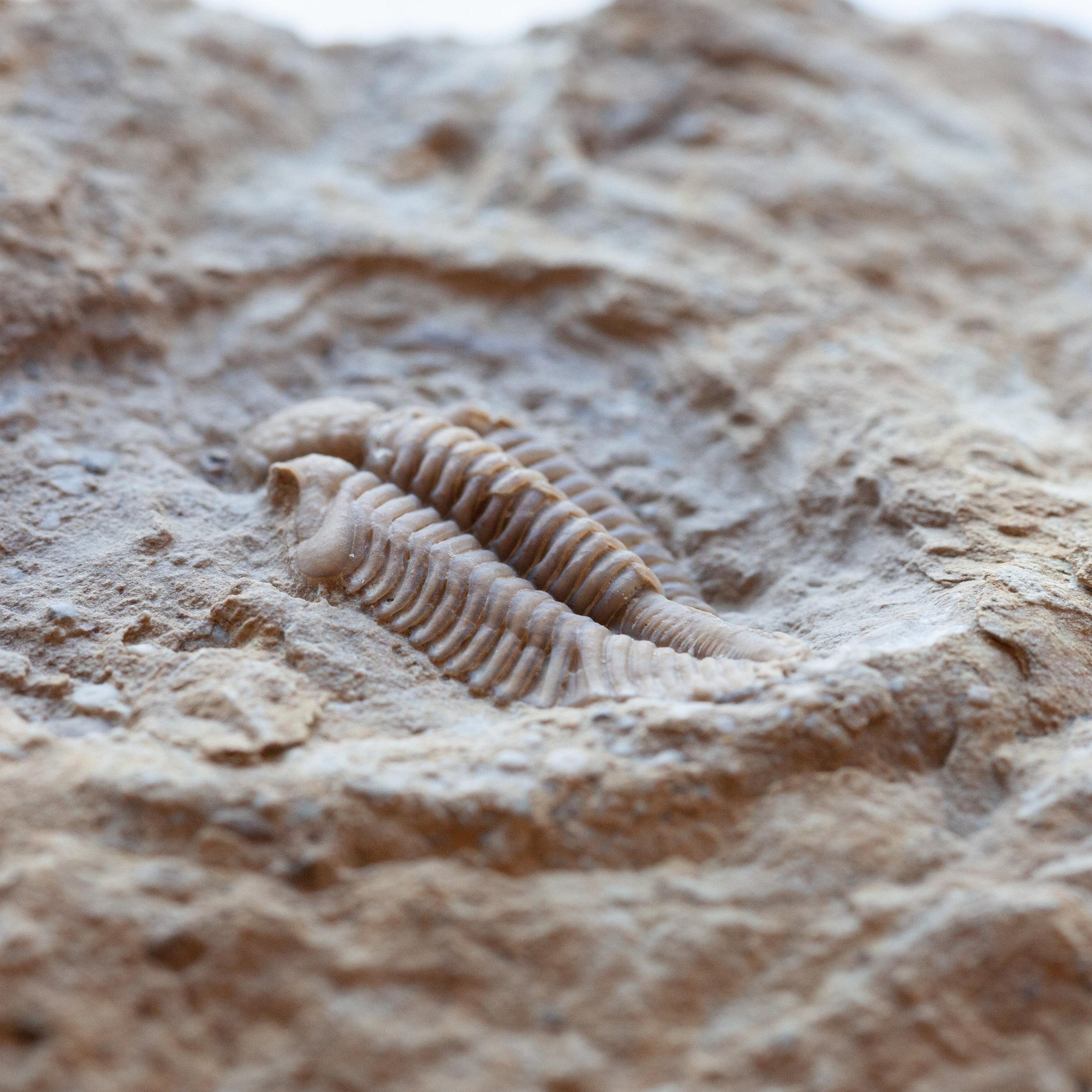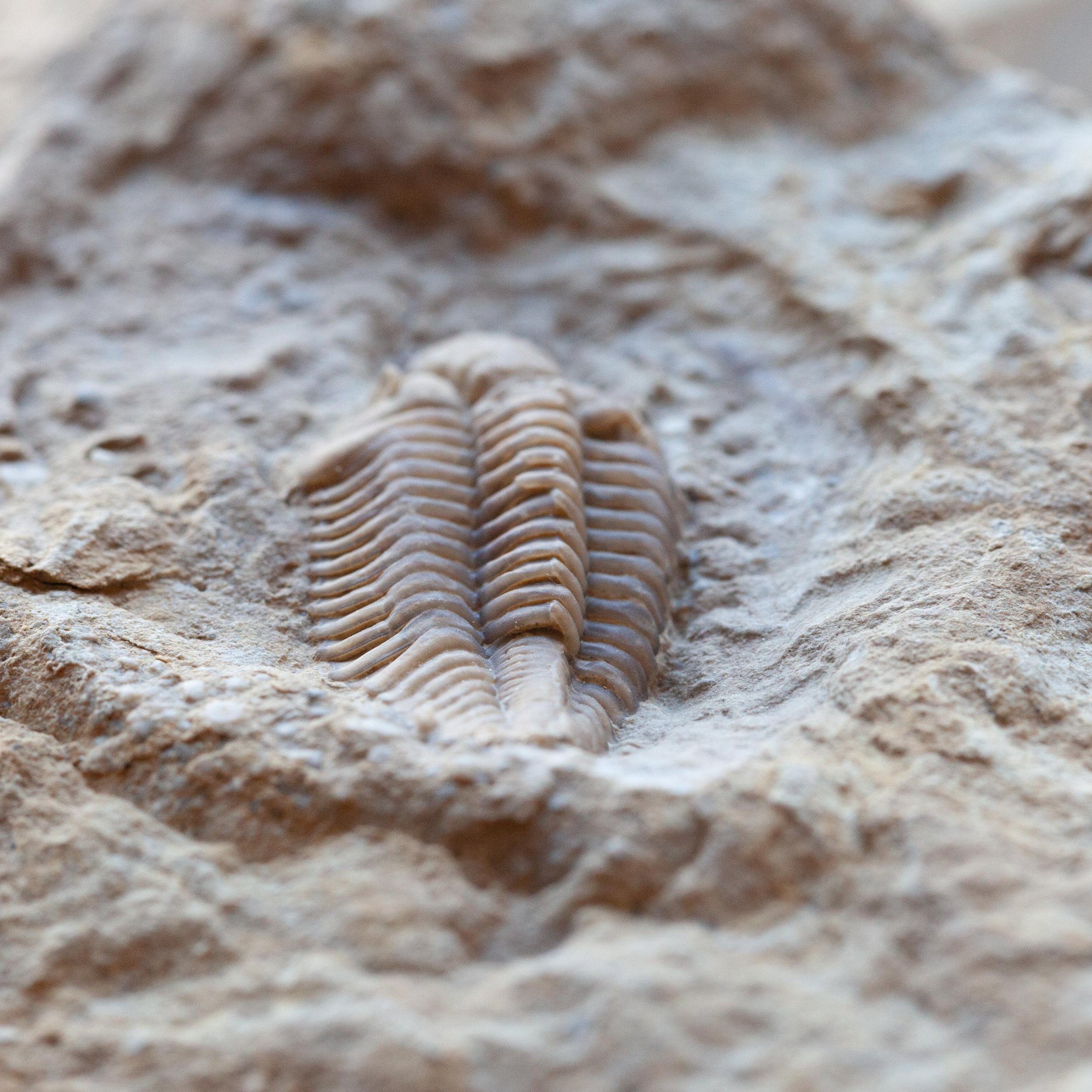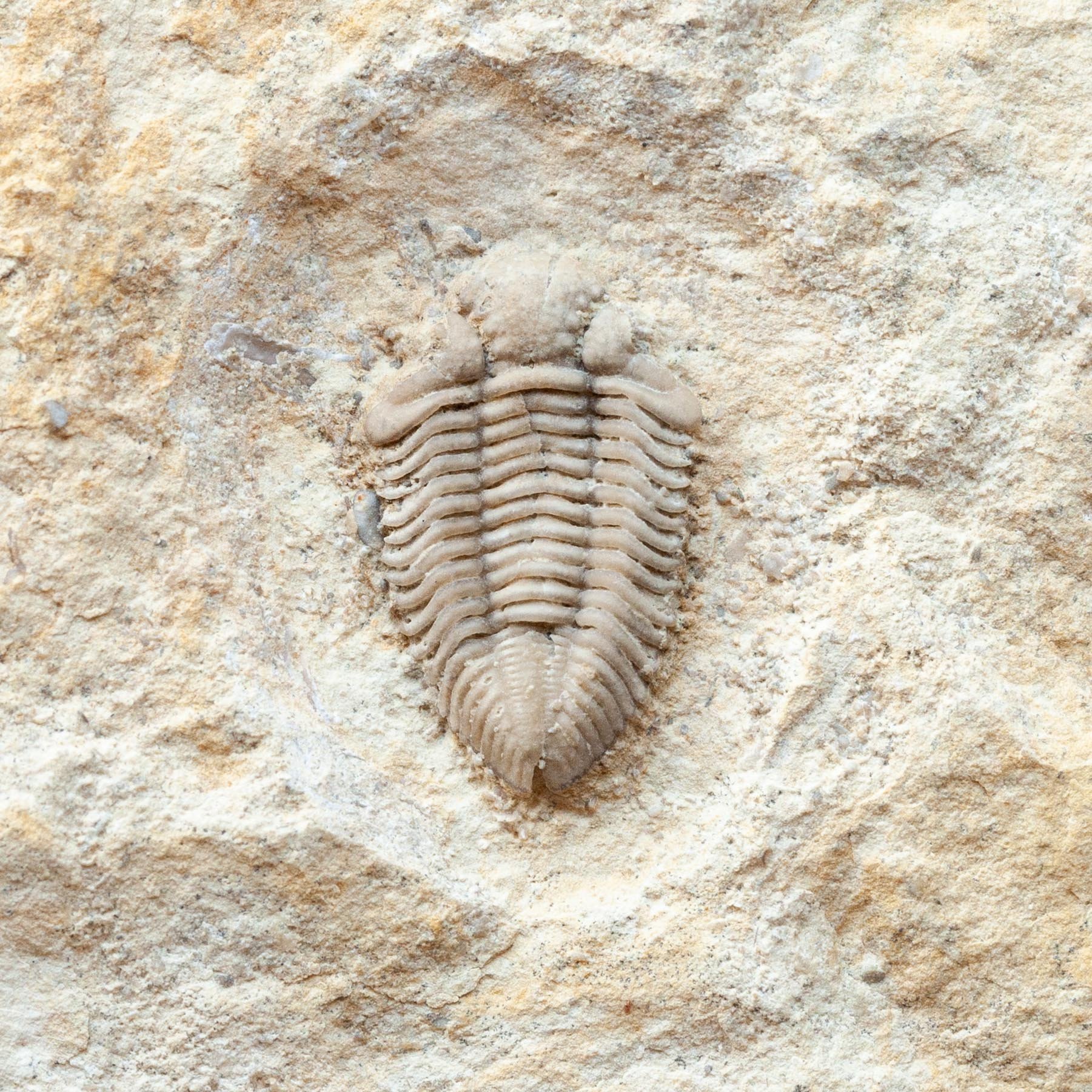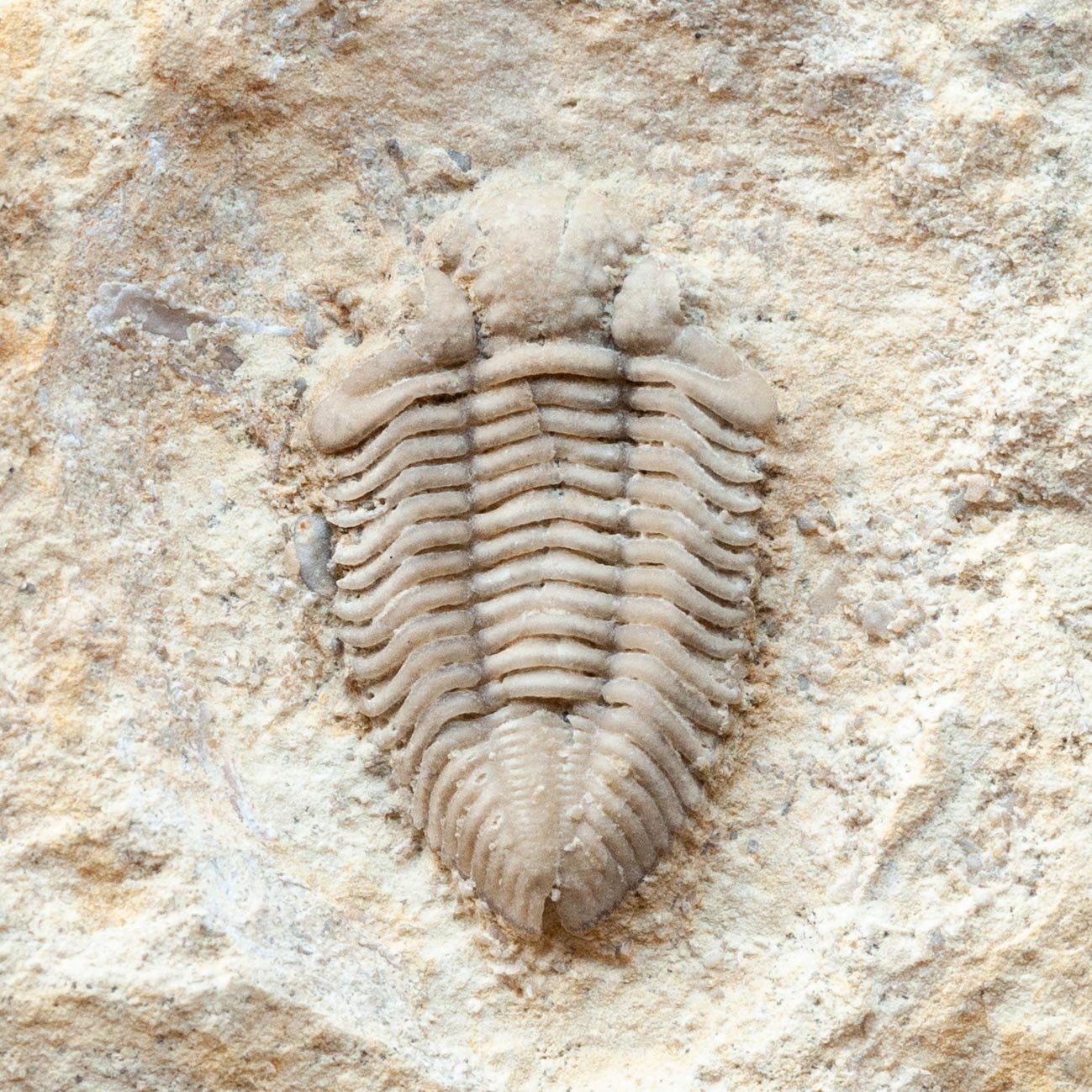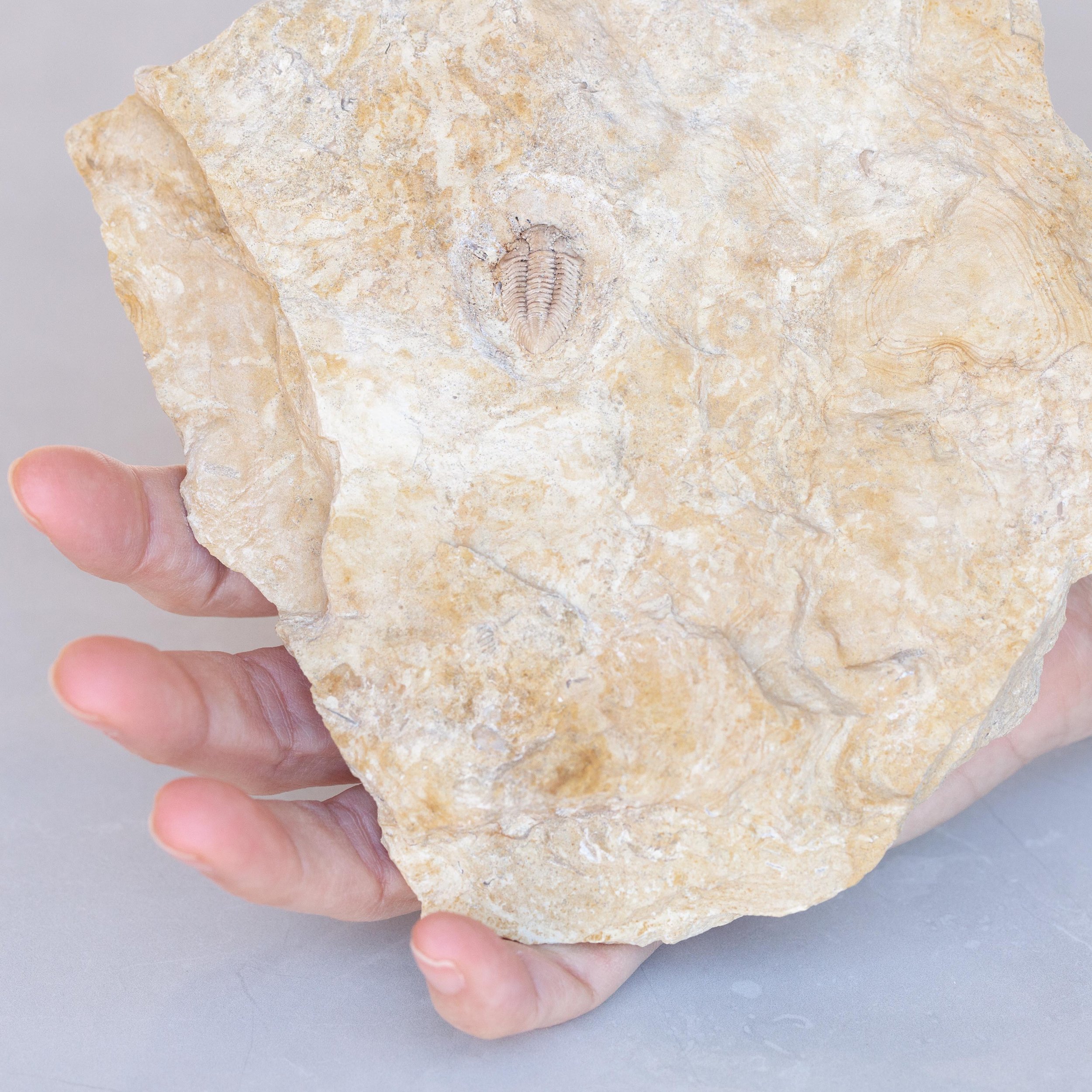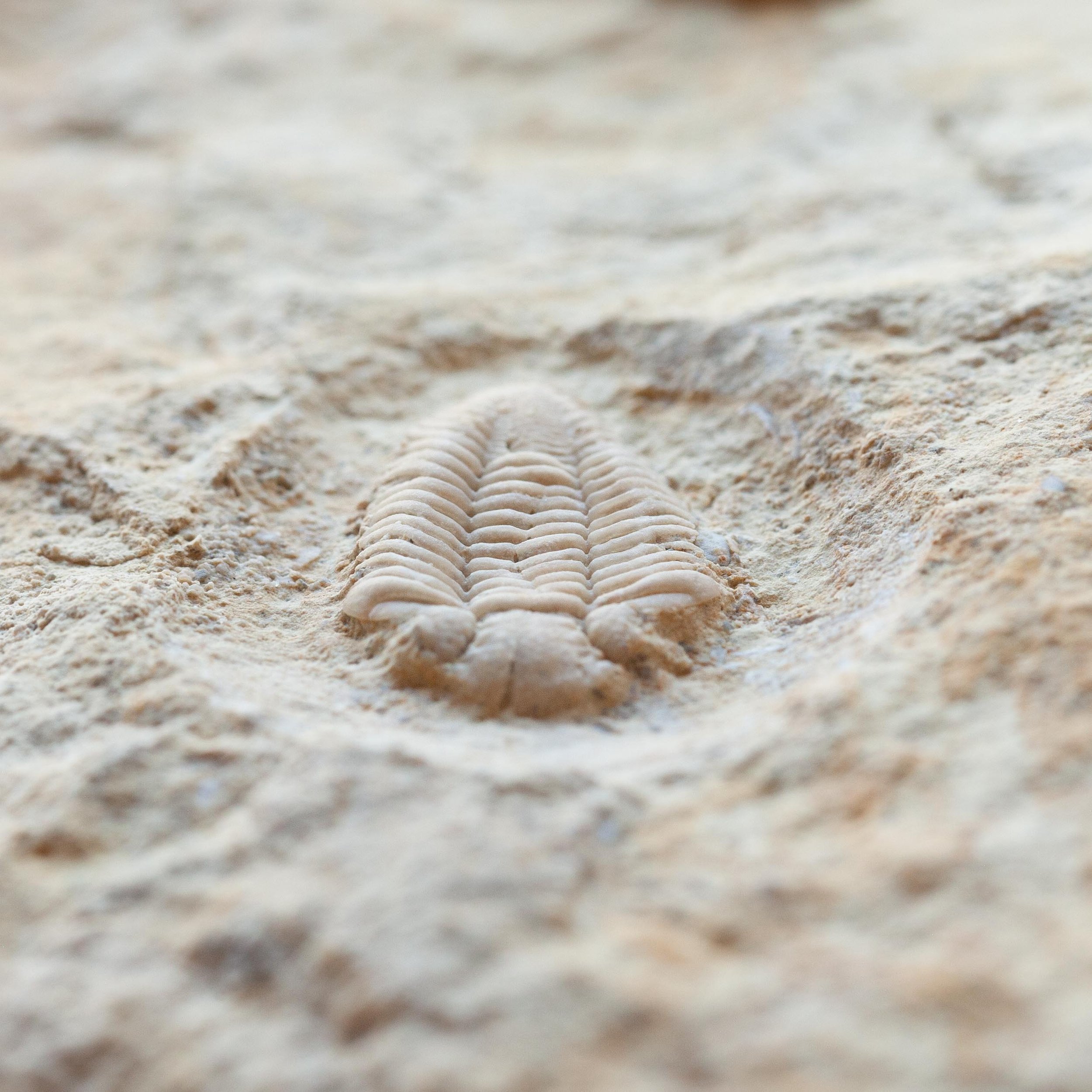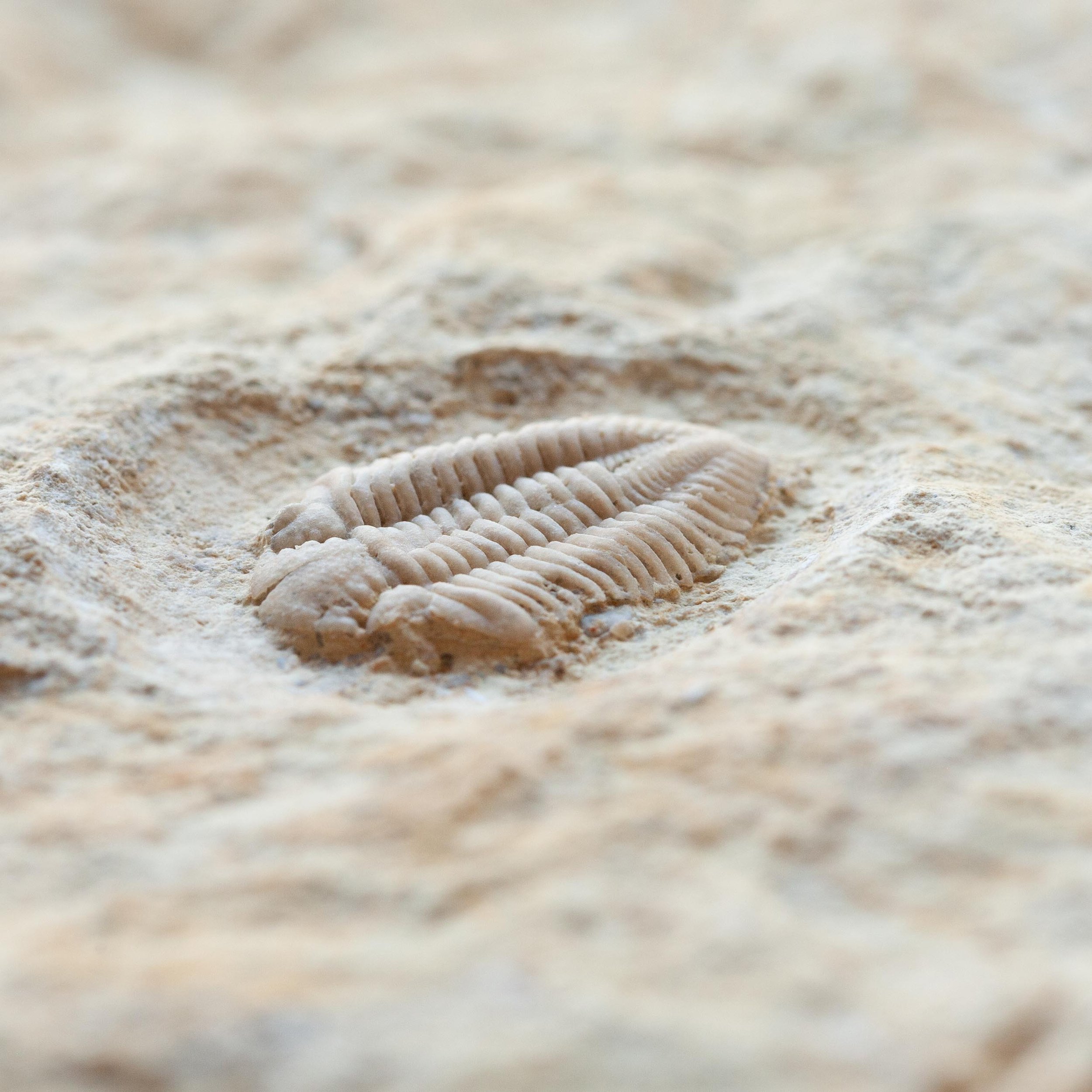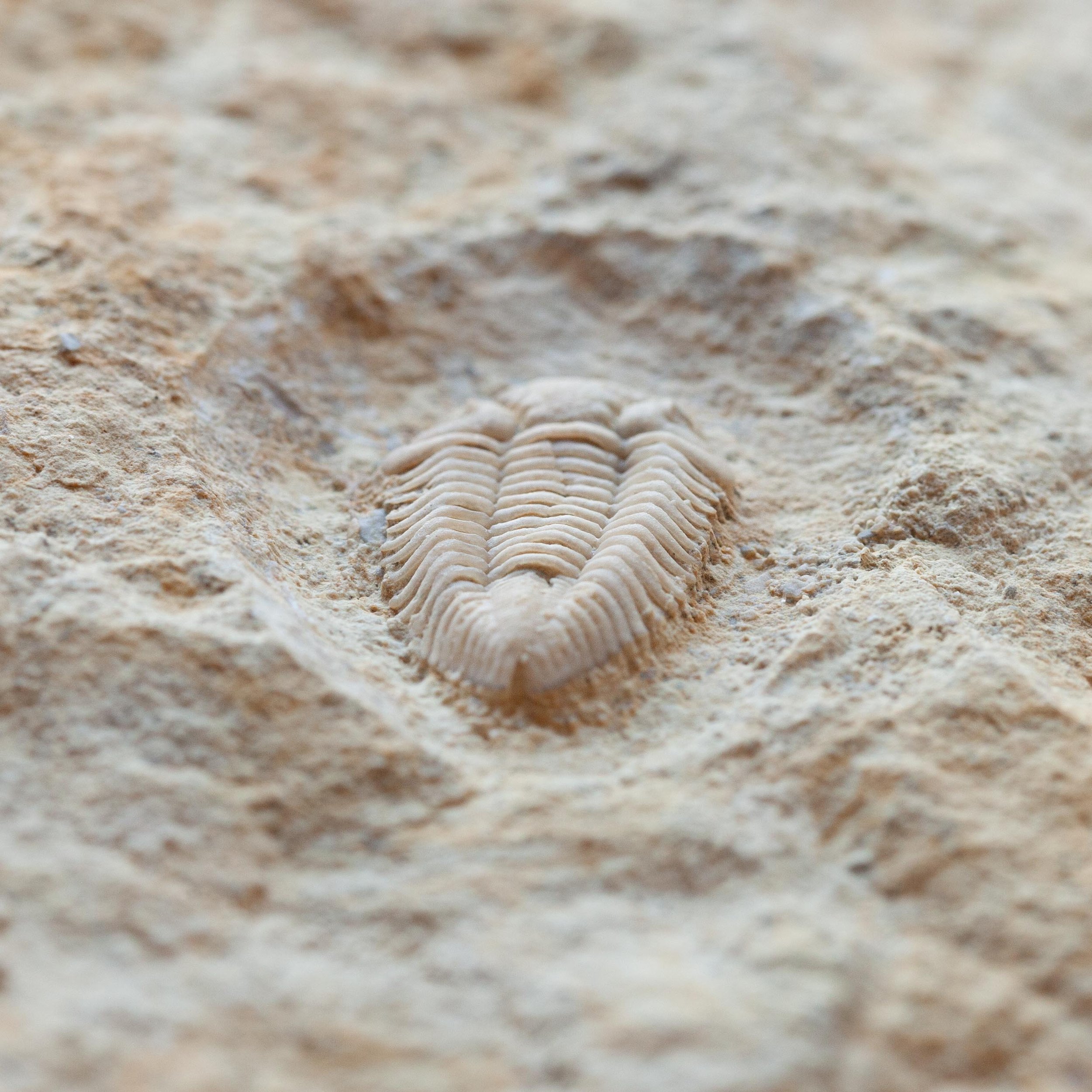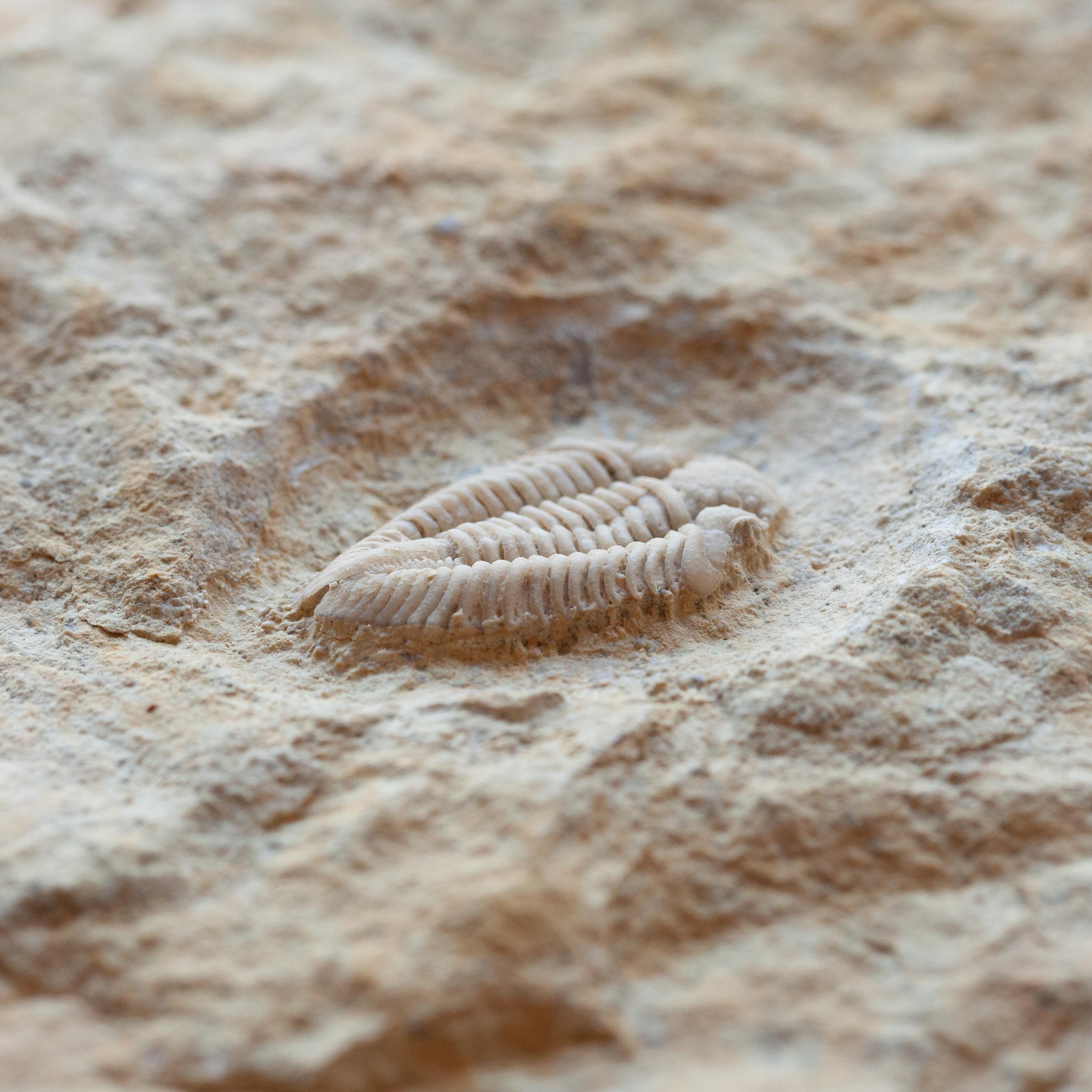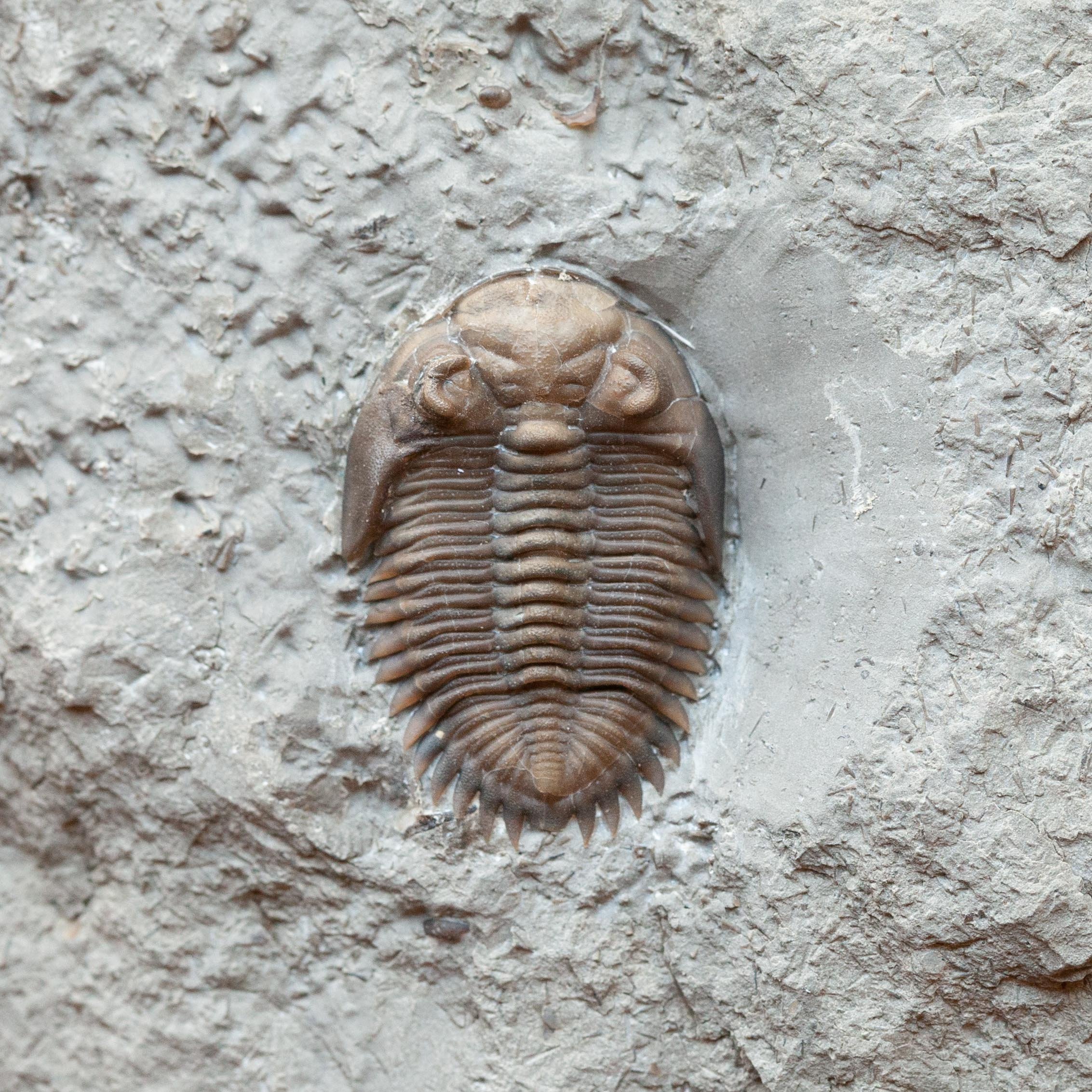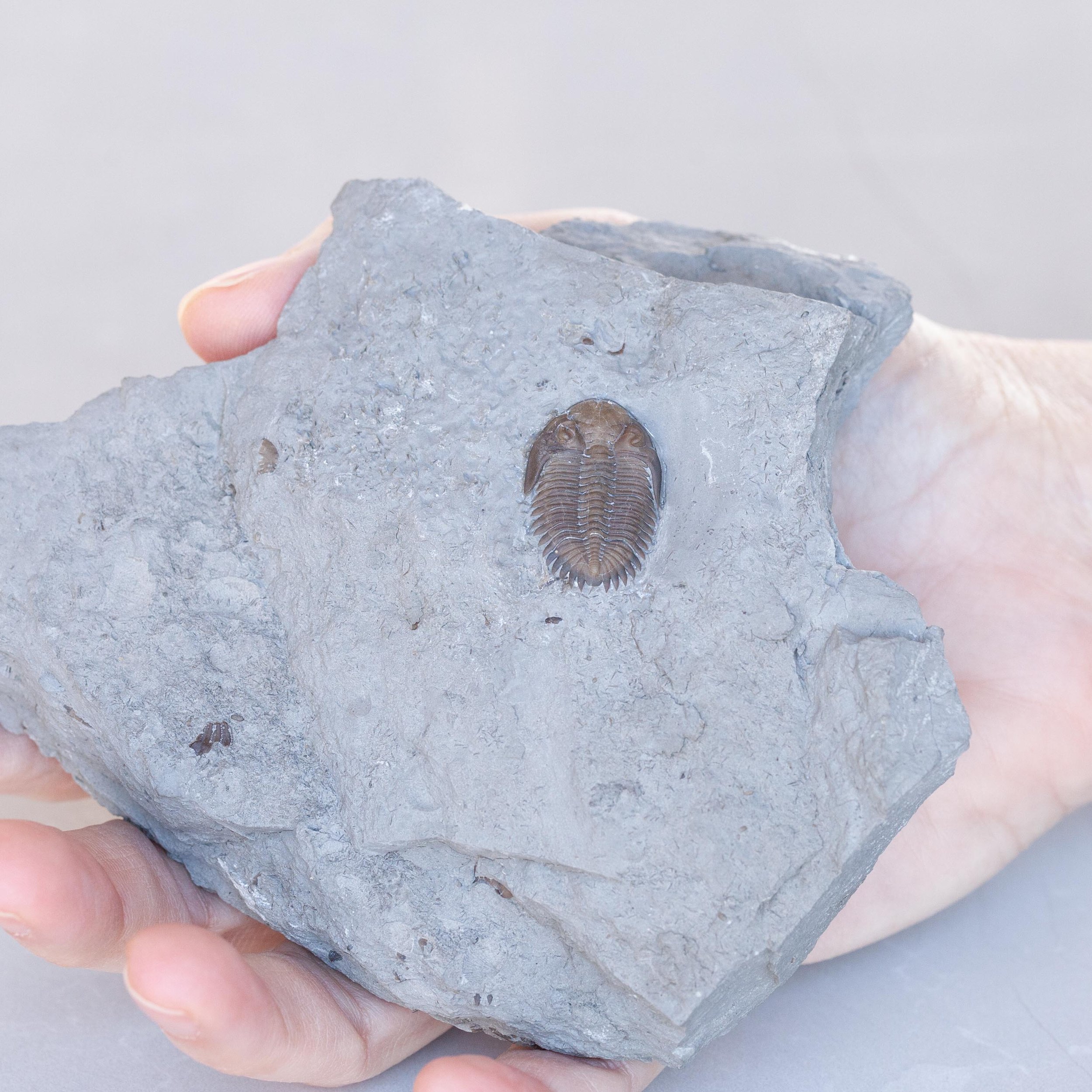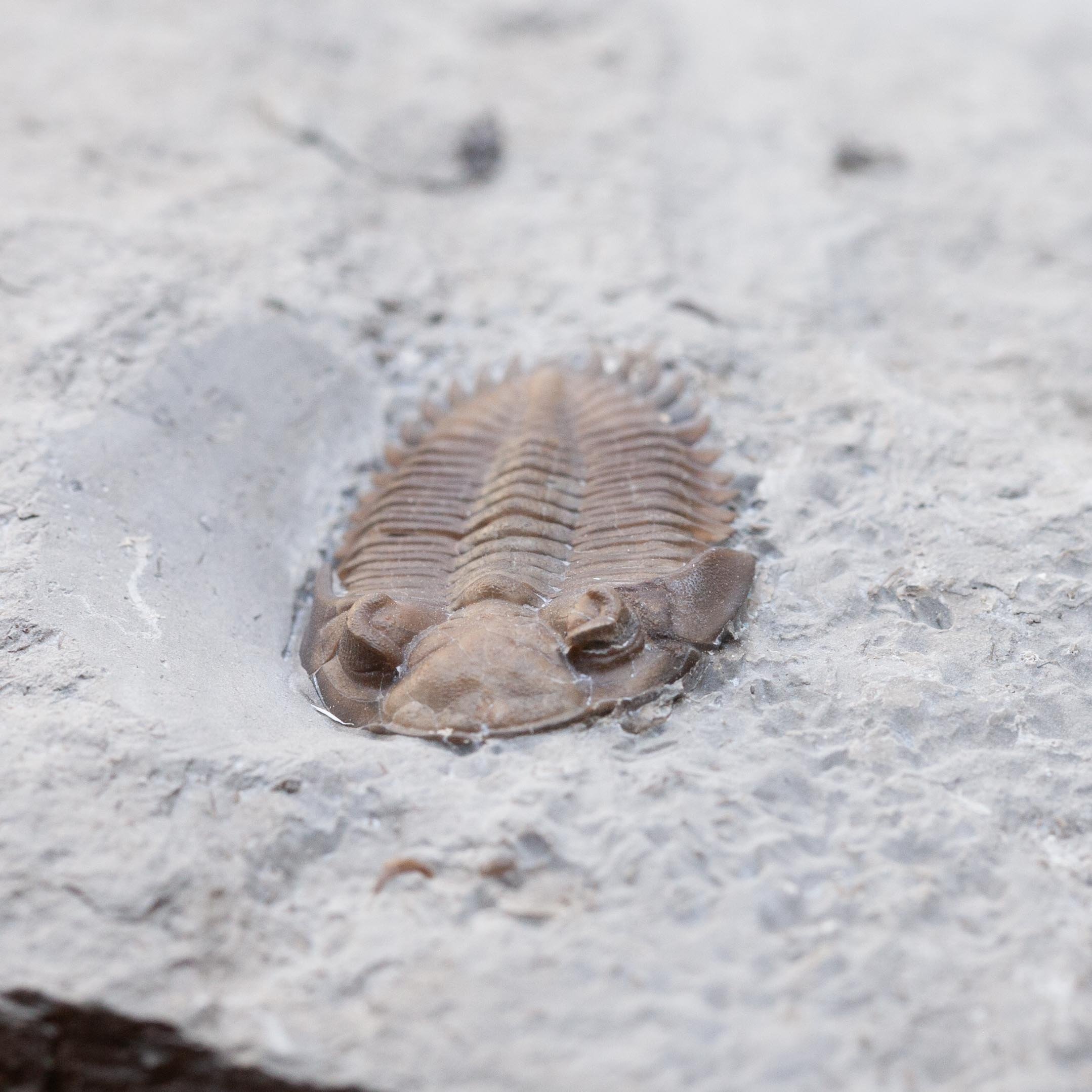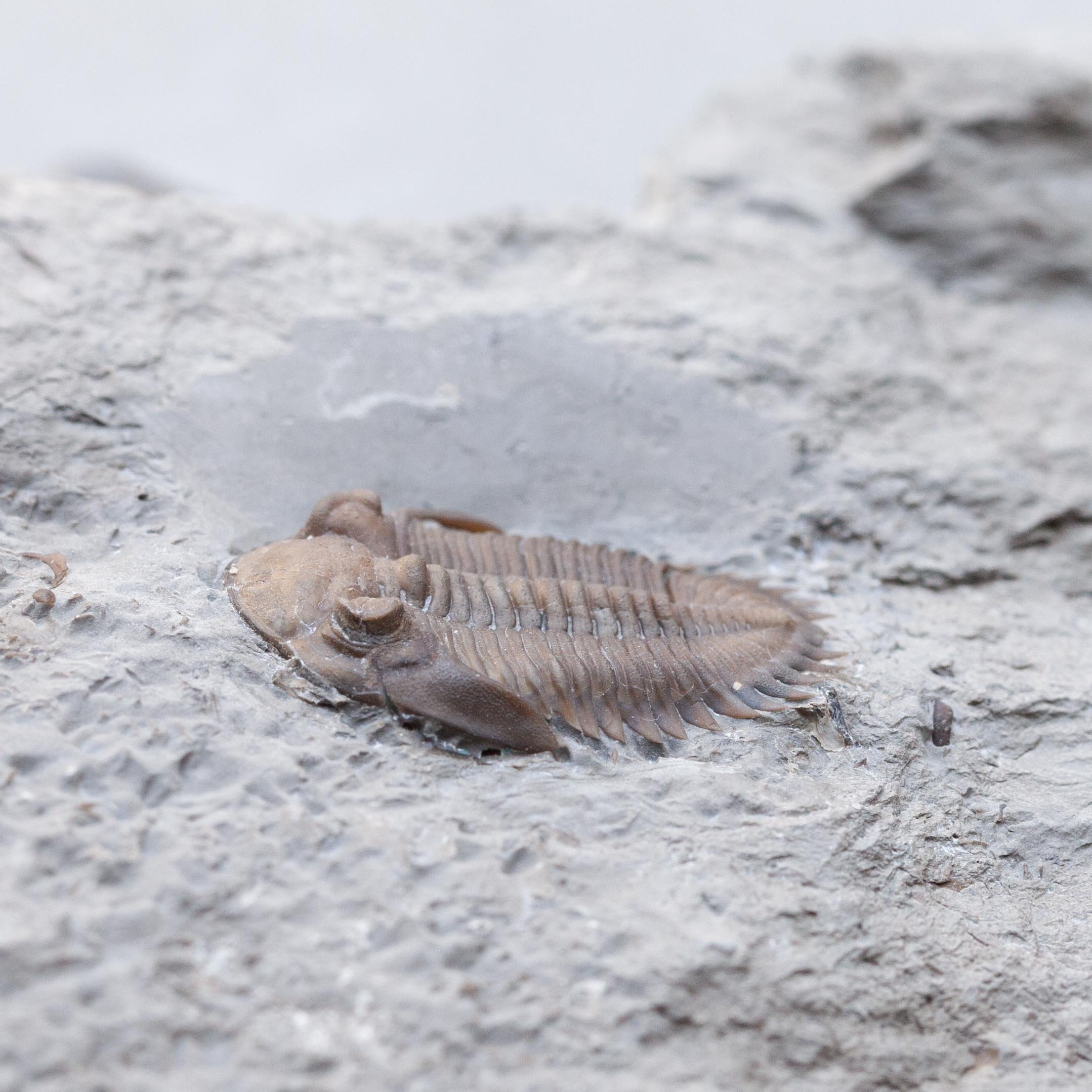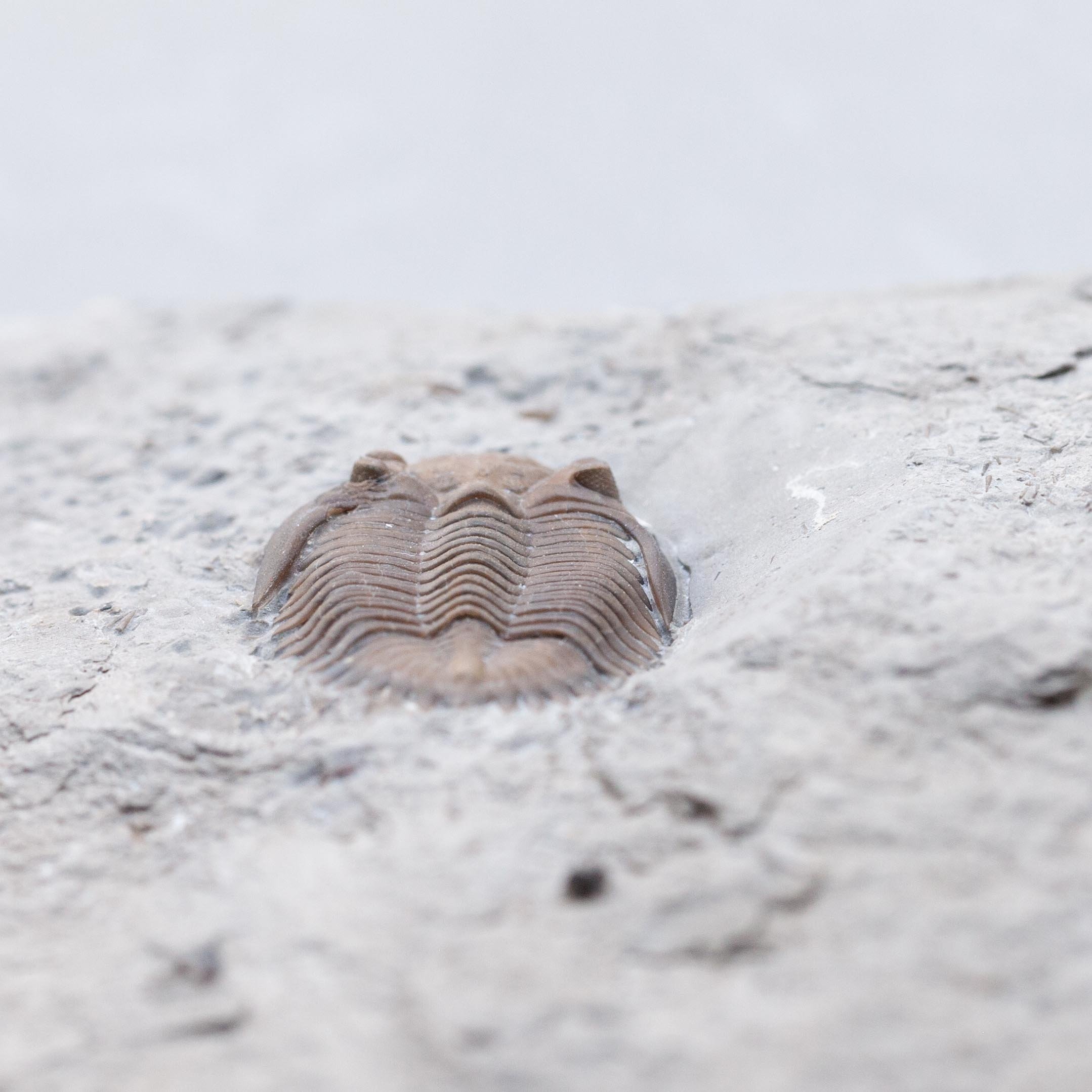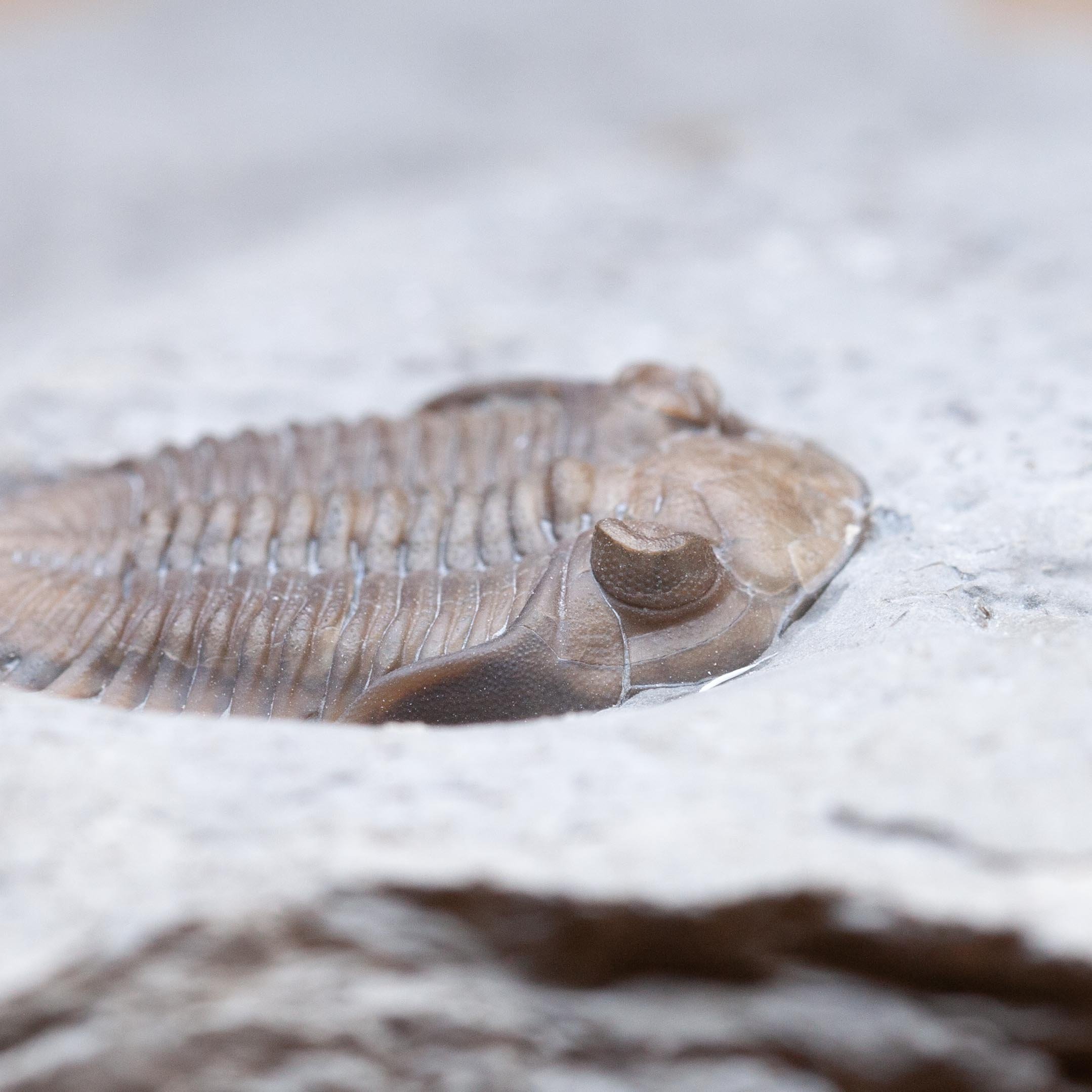Rielaspis cf.
Vendor: Stormbed Paleontological
SKU Number: SQ8526877
A perfect prone example of the rare Silurian trilobite Rielaspis, cf. from Temiskaming Shores, Canada.
This species, although similar to Rielaspis elegantulus from Anticosti Island, is very likely a new species.
This is a rare and perfect specimen from a hard to obtain locality.
Full dimensions are listed below.
Vendor: Stormbed Paleontological
SKU Number: SQ8526877
A perfect prone example of the rare Silurian trilobite Rielaspis, cf. from Temiskaming Shores, Canada.
This species, although similar to Rielaspis elegantulus from Anticosti Island, is very likely a new species.
This is a rare and perfect specimen from a hard to obtain locality.
Full dimensions are listed below.
Vendor: Stormbed Paleontological
SKU Number: SQ8526877
A perfect prone example of the rare Silurian trilobite Rielaspis, cf. from Temiskaming Shores, Canada.
This species, although similar to Rielaspis elegantulus from Anticosti Island, is very likely a new species.
This is a rare and perfect specimen from a hard to obtain locality.
Full dimensions are listed below.
Additional Information
“Early Silurian trilobites are not nearly as widely known or appreciated as other Silurian trilobite faunas, like those of Dudley's famous Much Wenlock Limestone, New York's Rochester Shale or even the Henryhouse Formation in Oklahoma. And that's a pity, because in terms of diversity, preservation and occasionally size, these are amazing trilobites.”
Phacopida had 8 to 19 thoracic segments and are distinguishable by the expanded glabella, short or absent preglabellar area, and schizochroal (Phacopina) or holochroal (Cheirurina and Calymenina) eyes. Schizochroal eyes are compound eyes with up to around 700 separate lenses. Each lens has an individual cornea which extended into a rather large sclera.
The development of schizochroal eyes in phacopid trilobites is an example of post-displacement paedomorphosis. The eyes of immature holochroal Cambrian trilobites were basically miniature schizochroal eyes. In Phacopida, these were retained, via delayed growth of these immature structures (post-displacement), into the adult form.
Eldredgeops rana and Dalmanites limulurus are two of the best-known members of this order. Other known phacopids include Cheirurus, Deiphon, Calymene, Flexicalymene and Ceraurinella.

